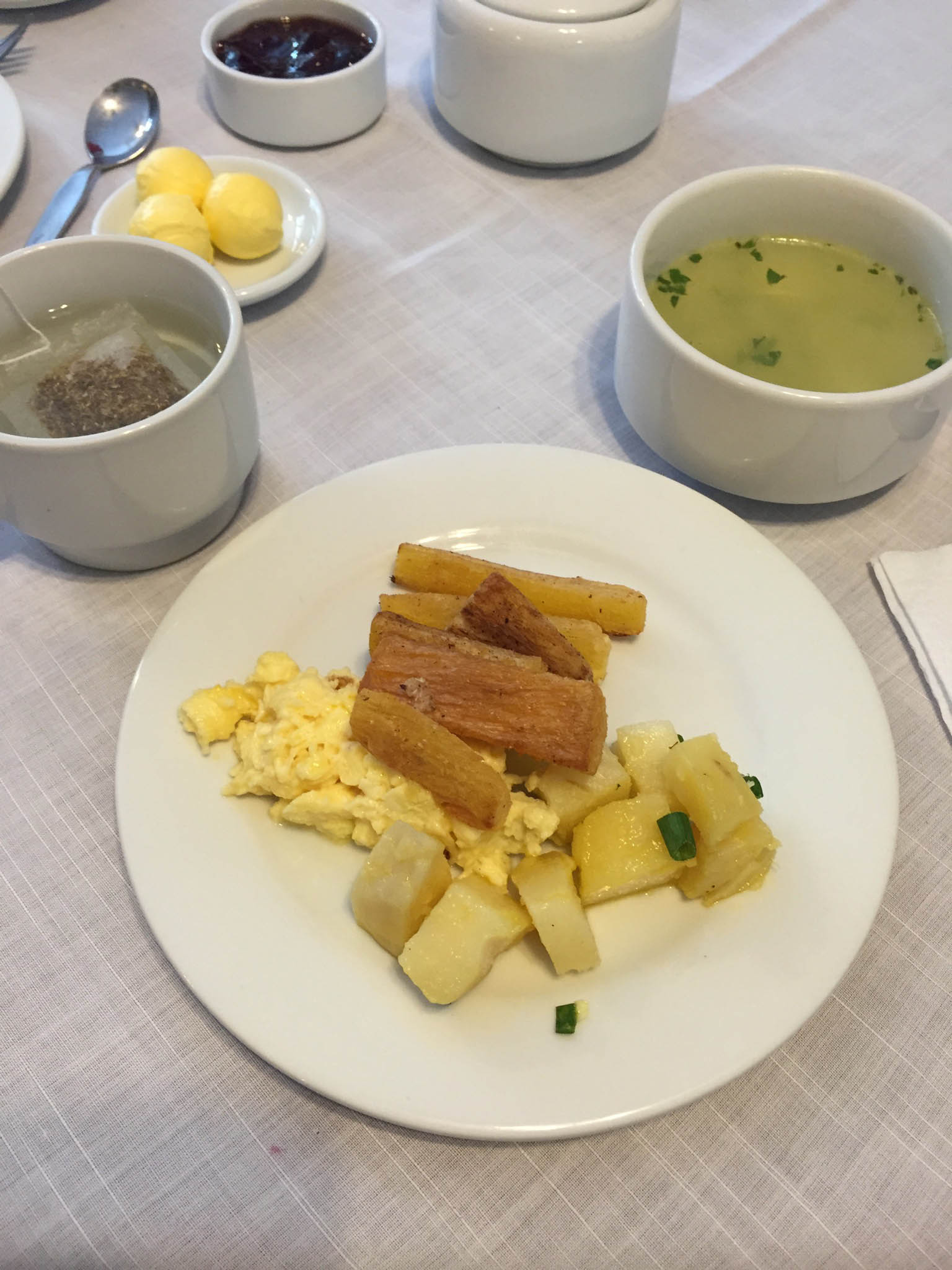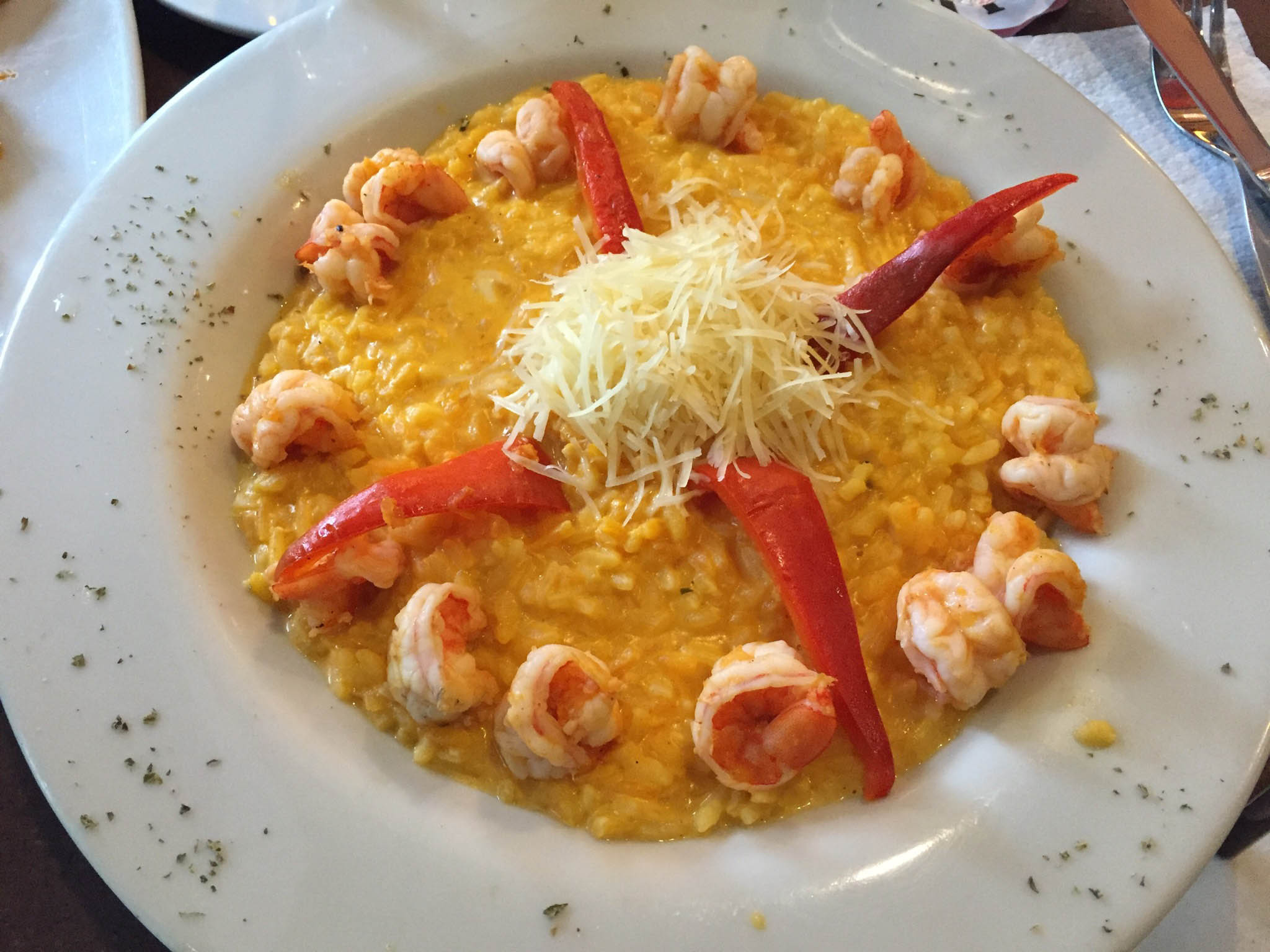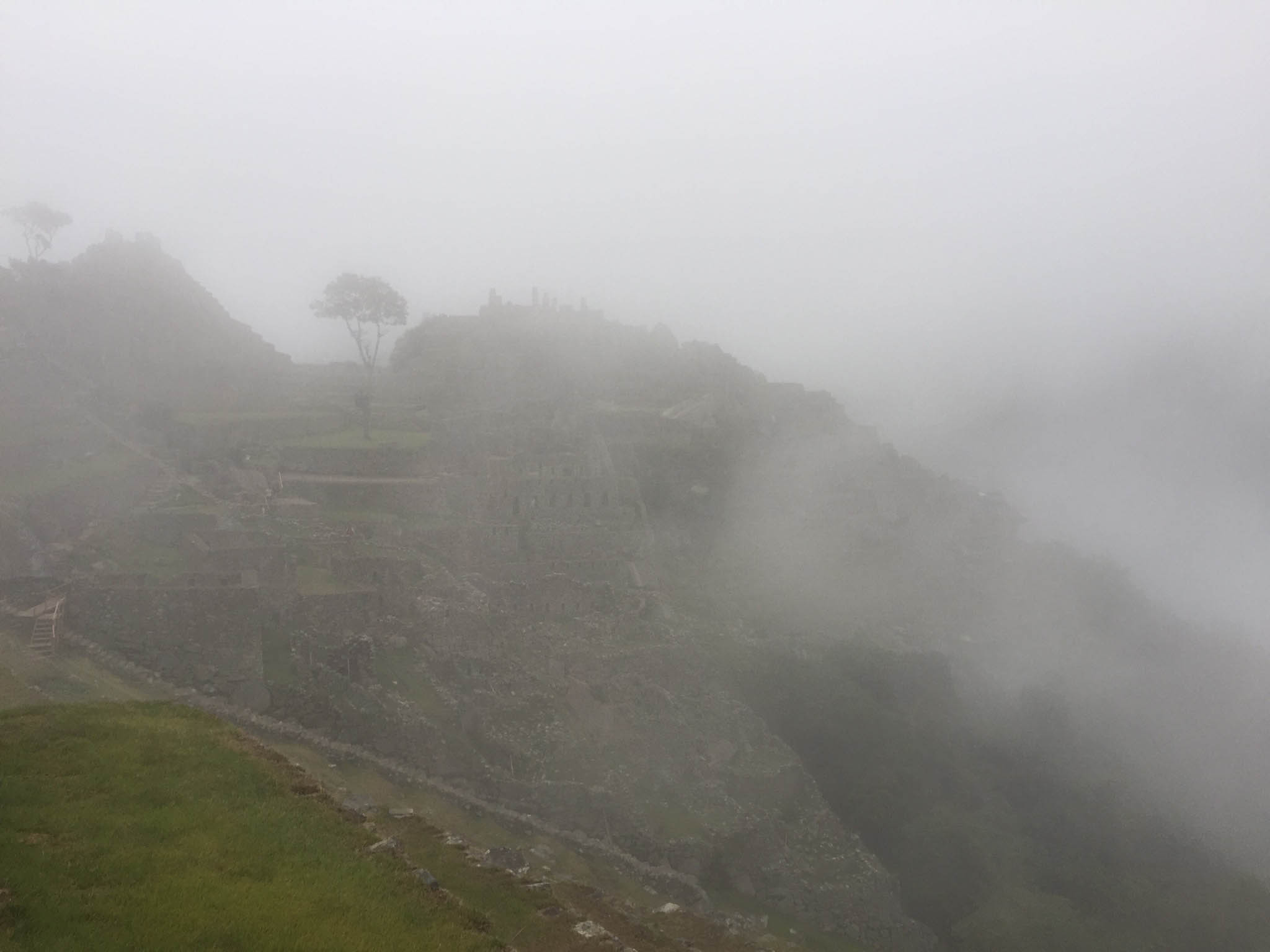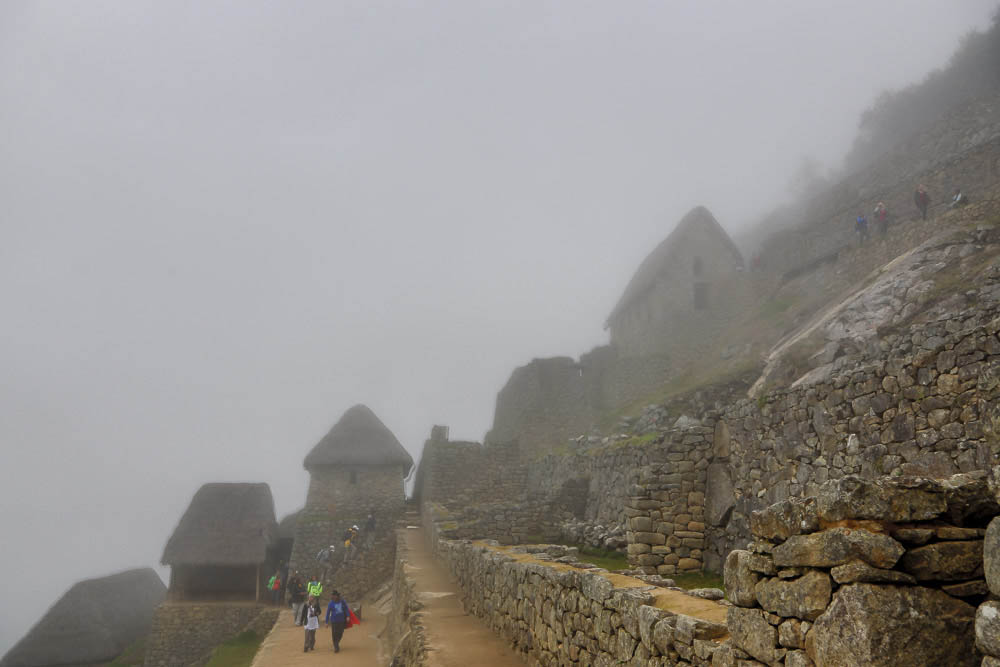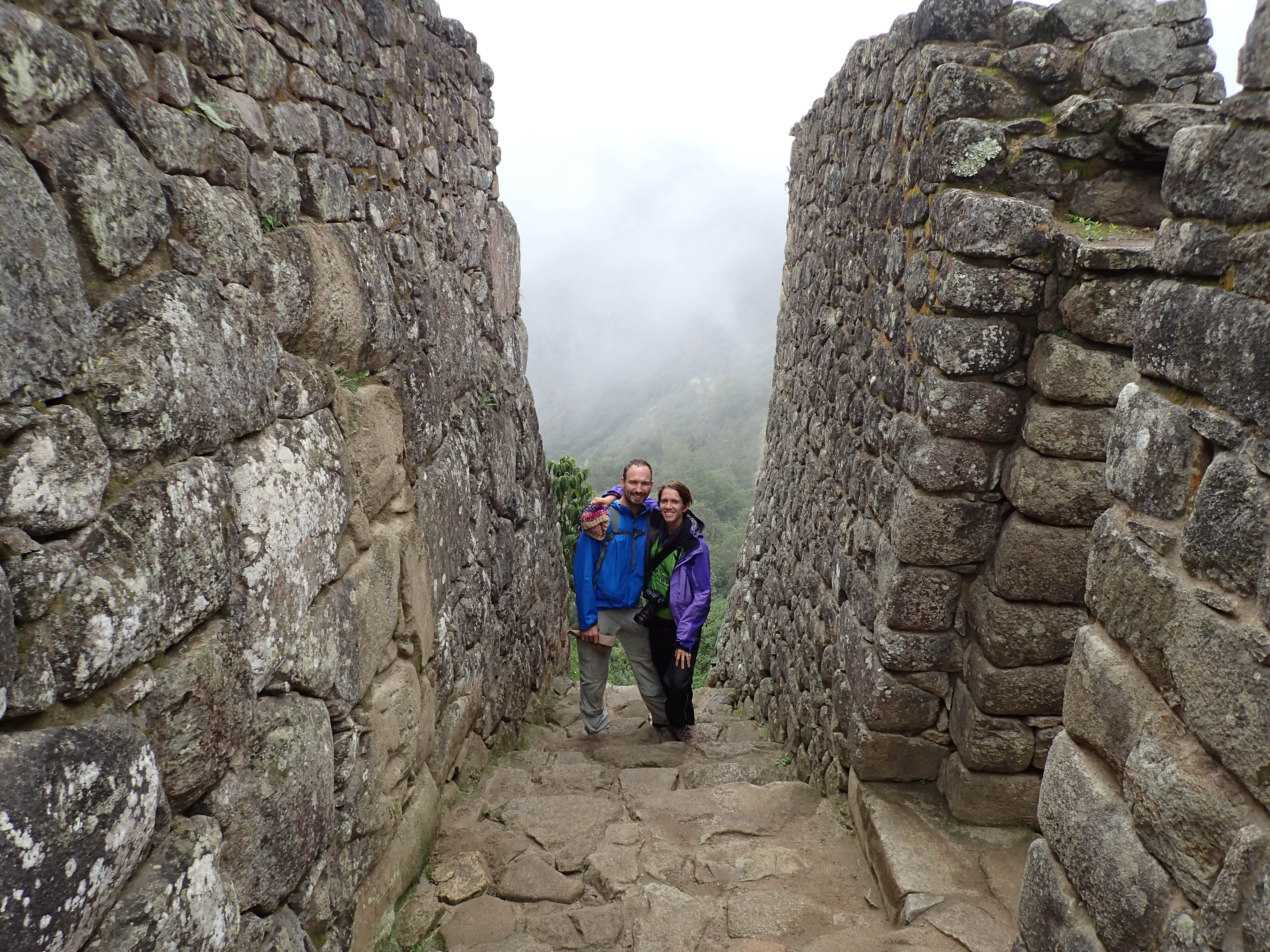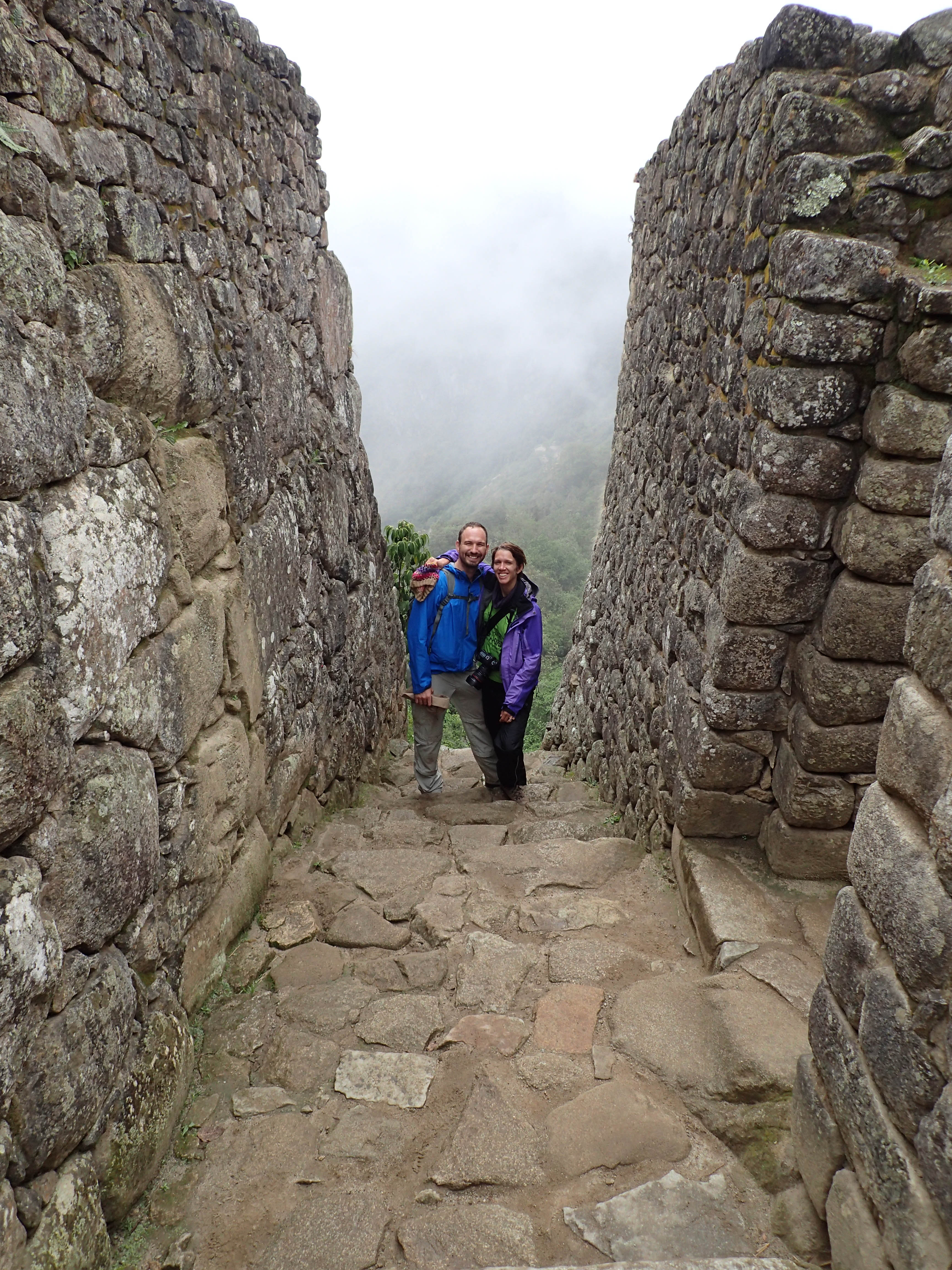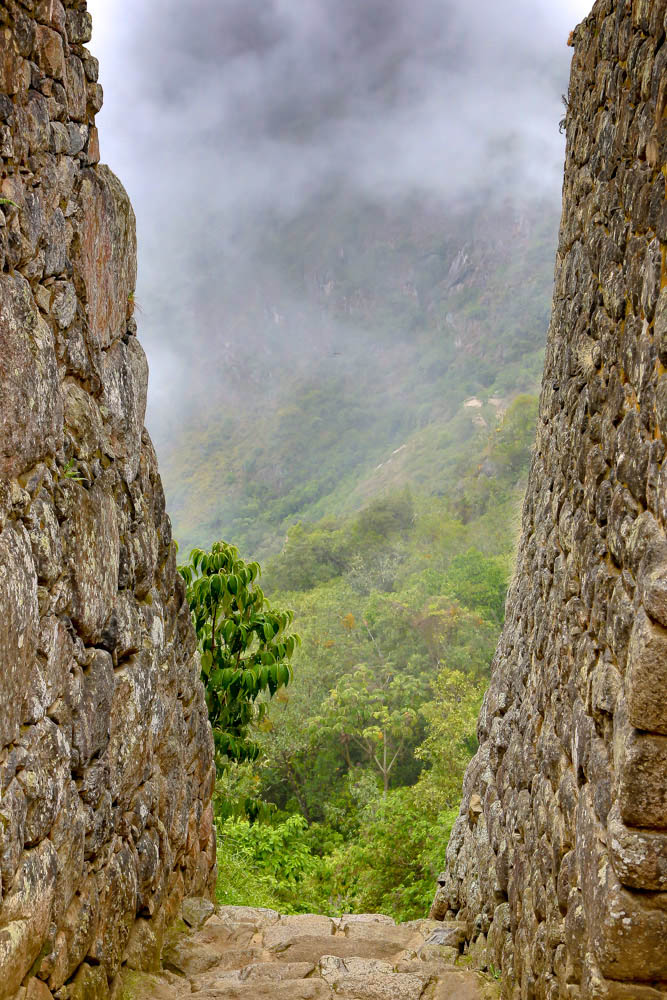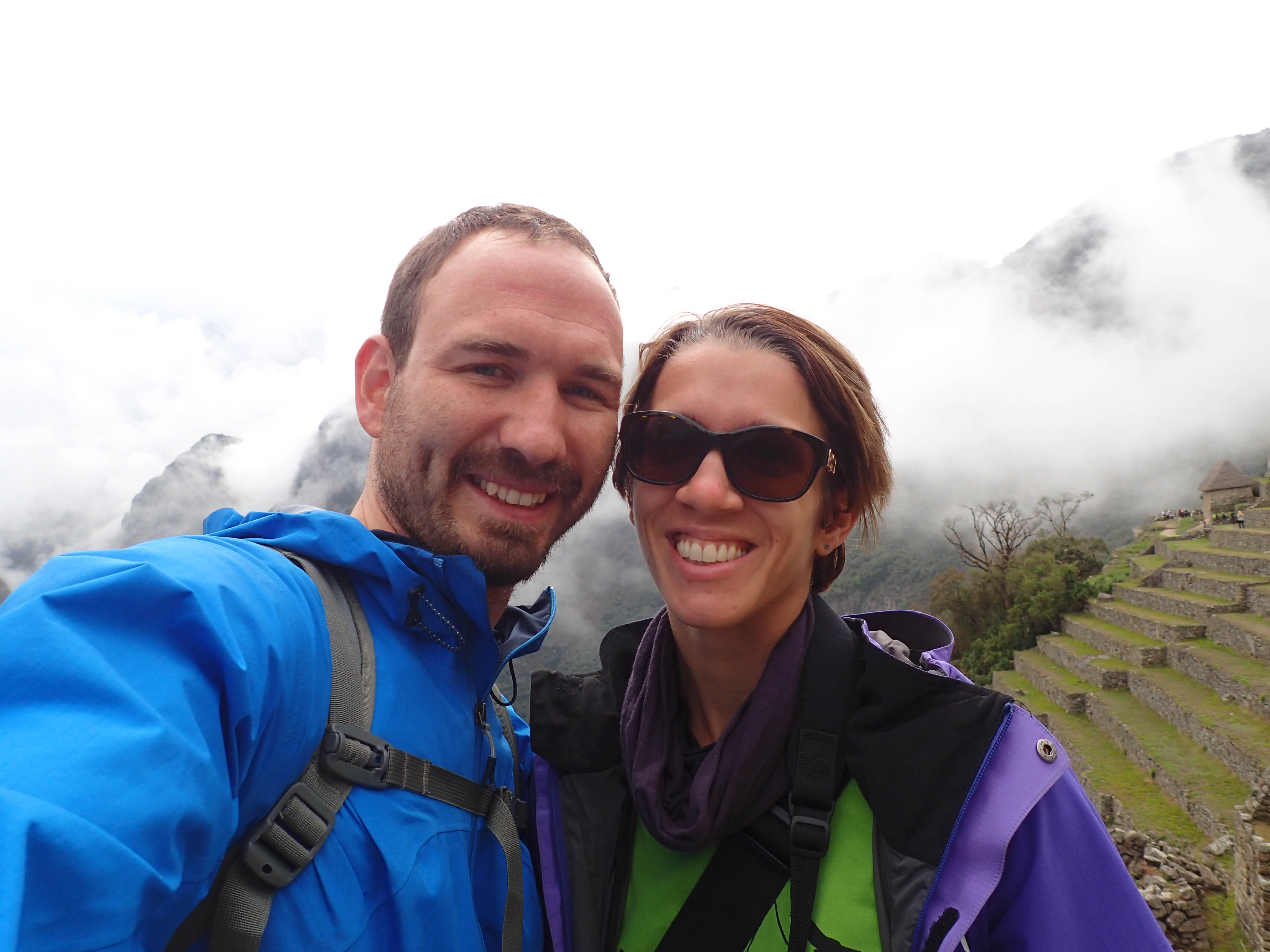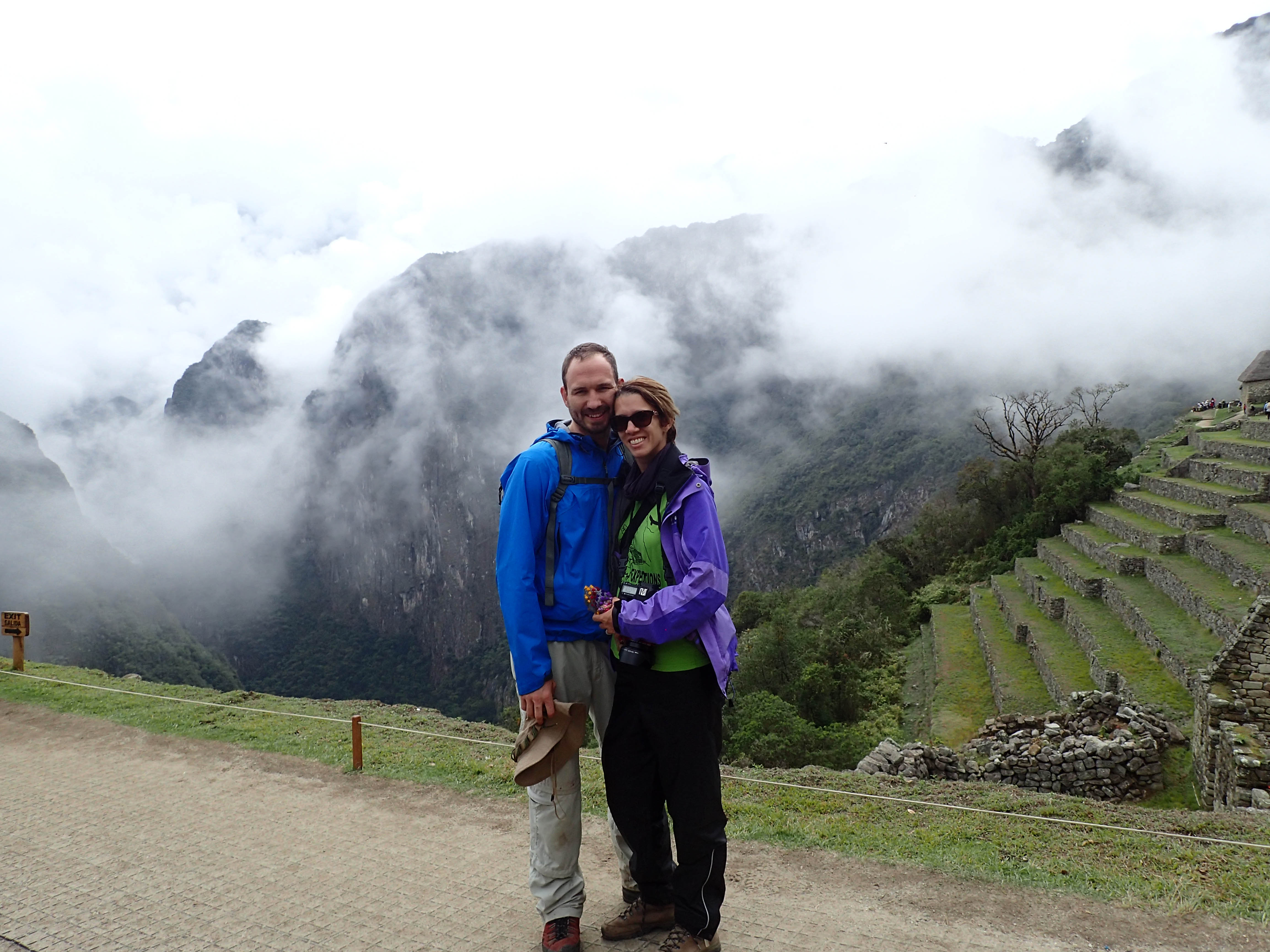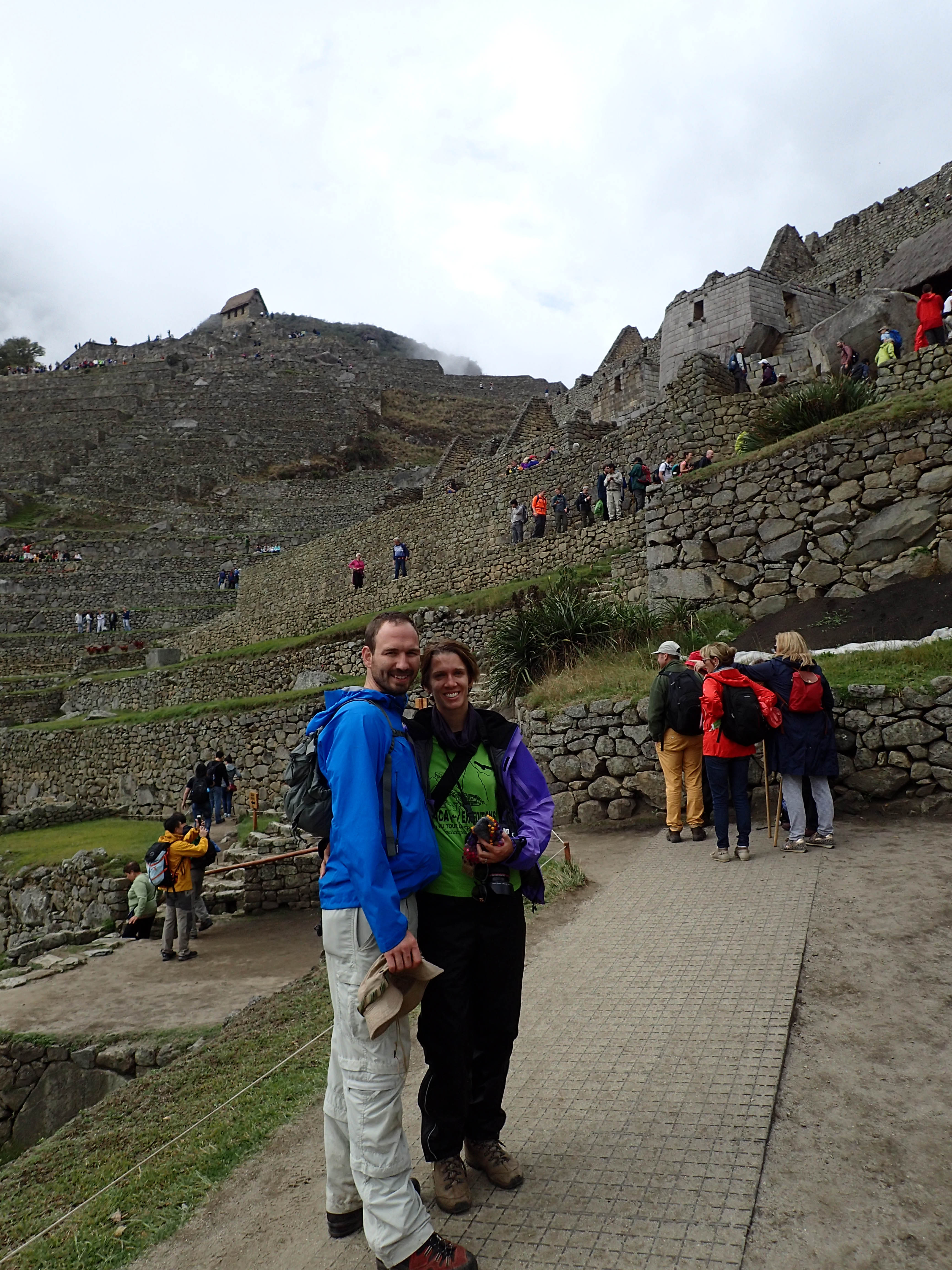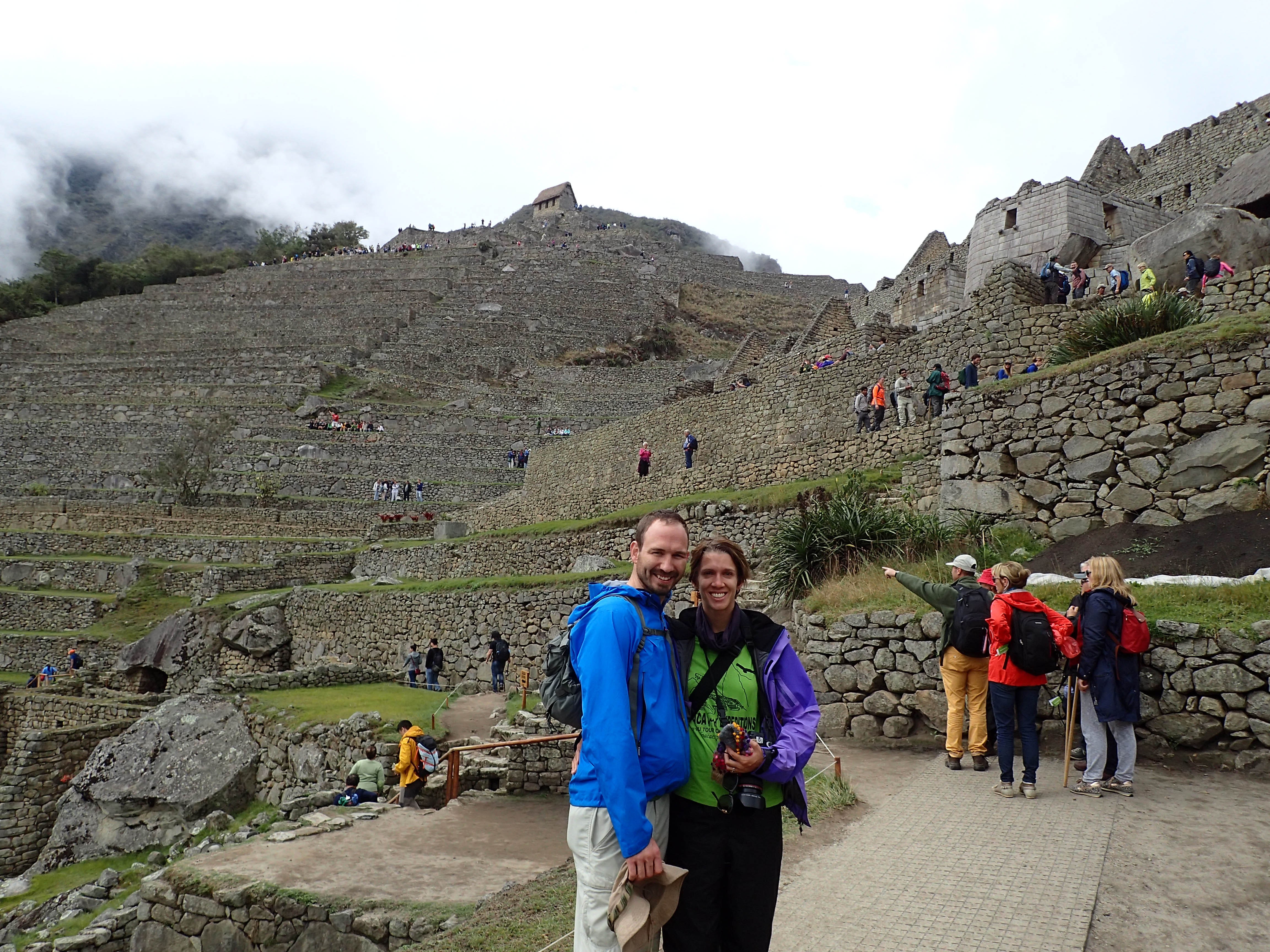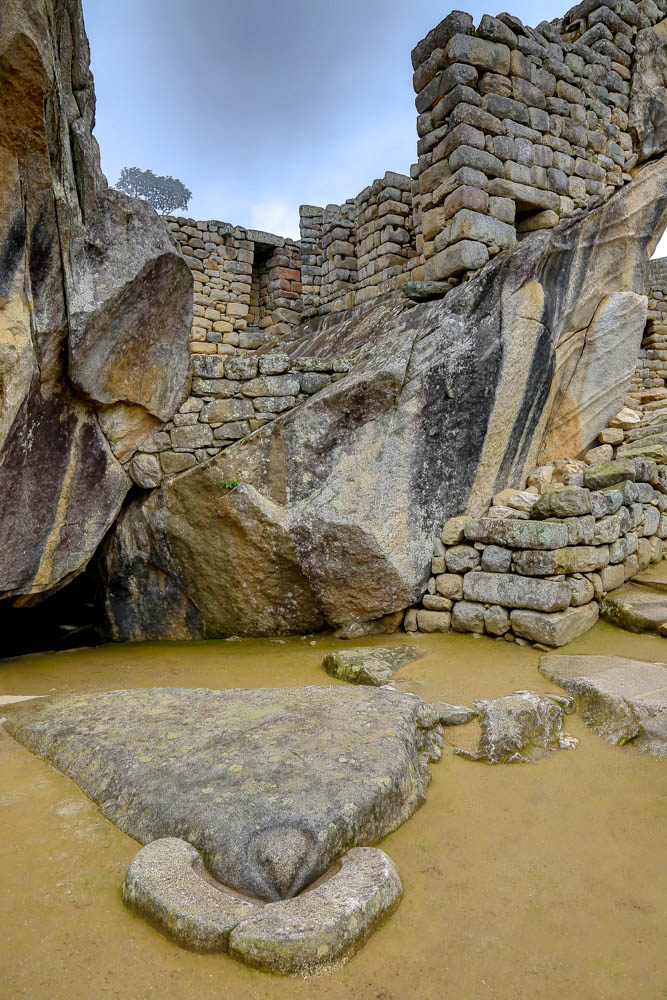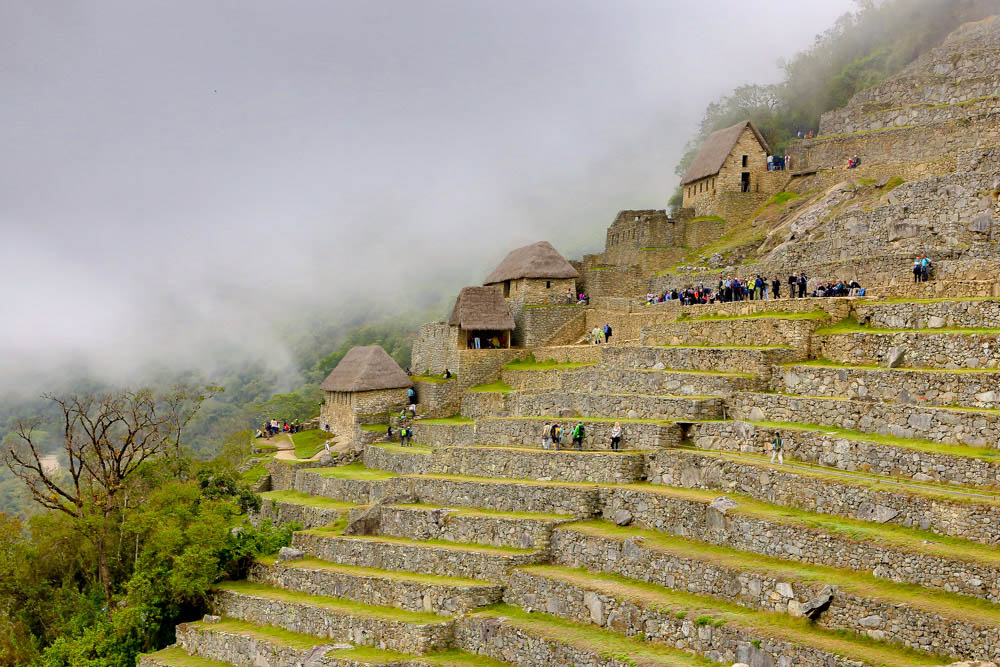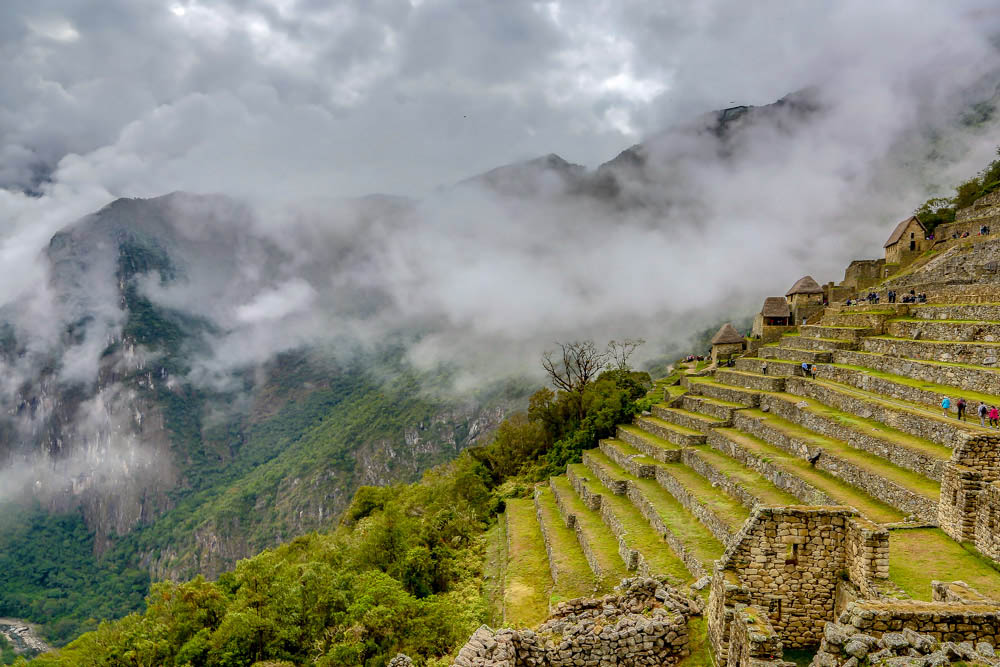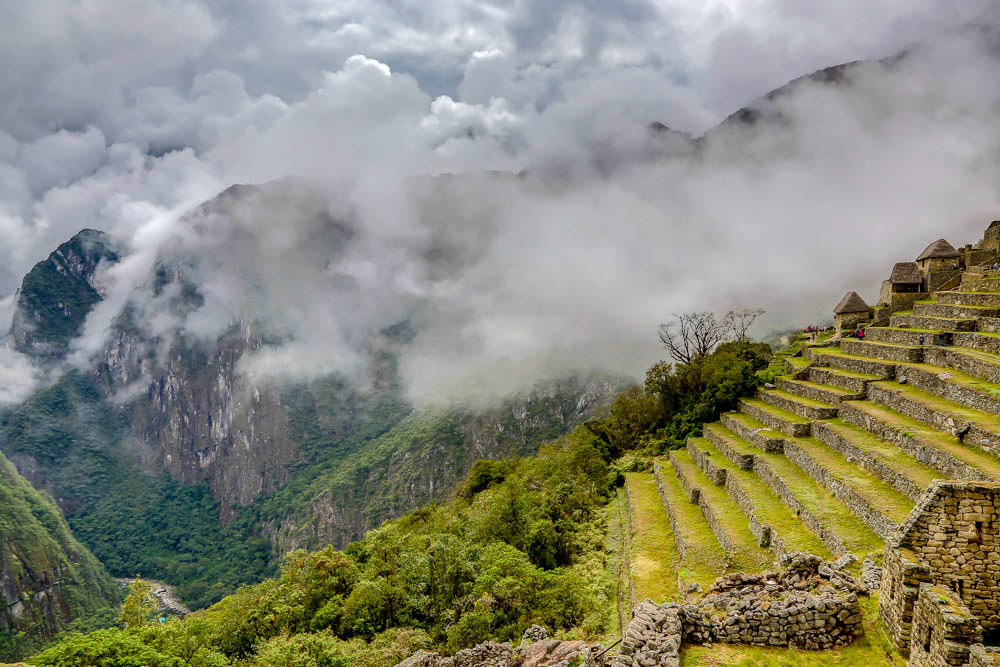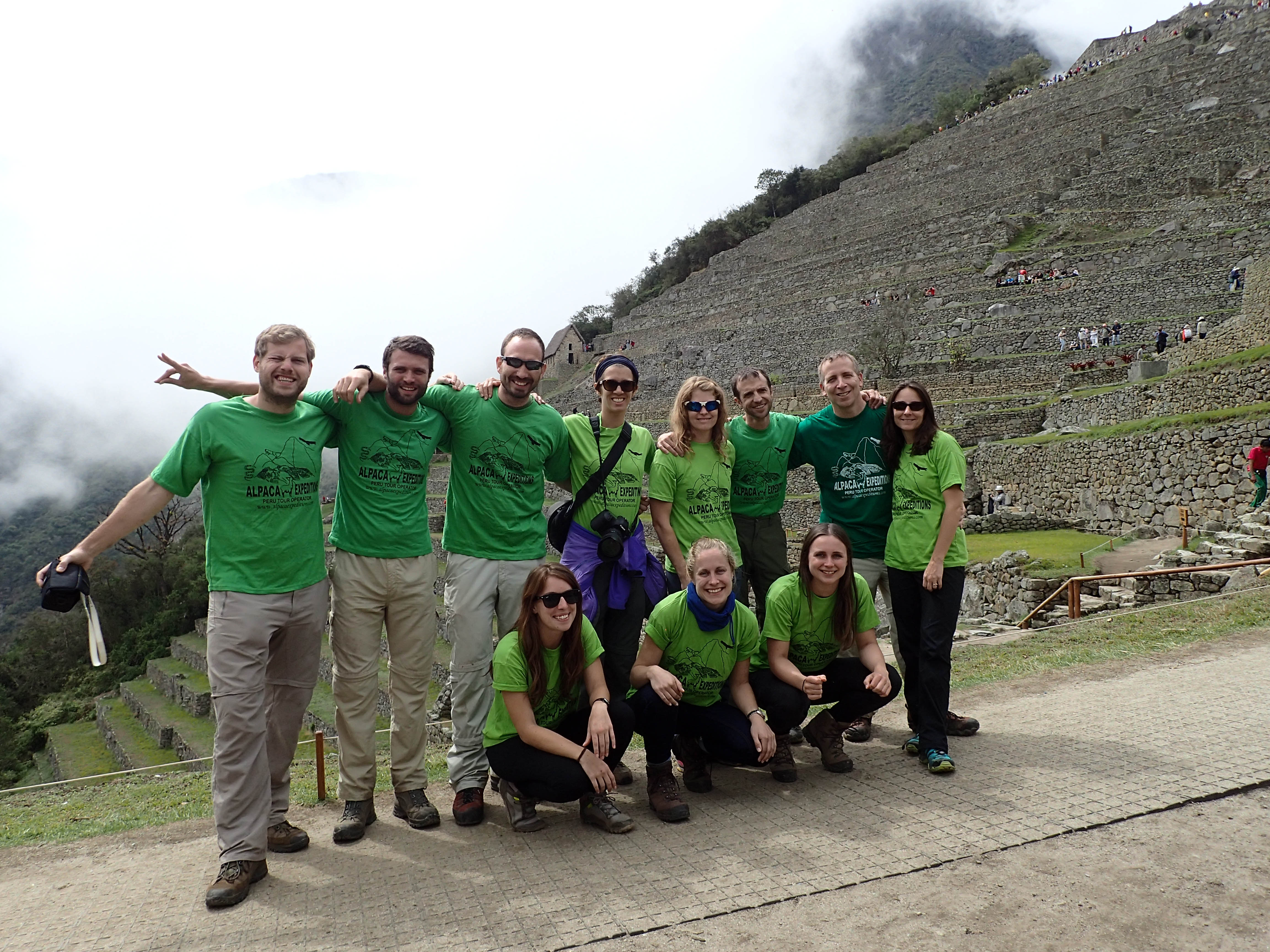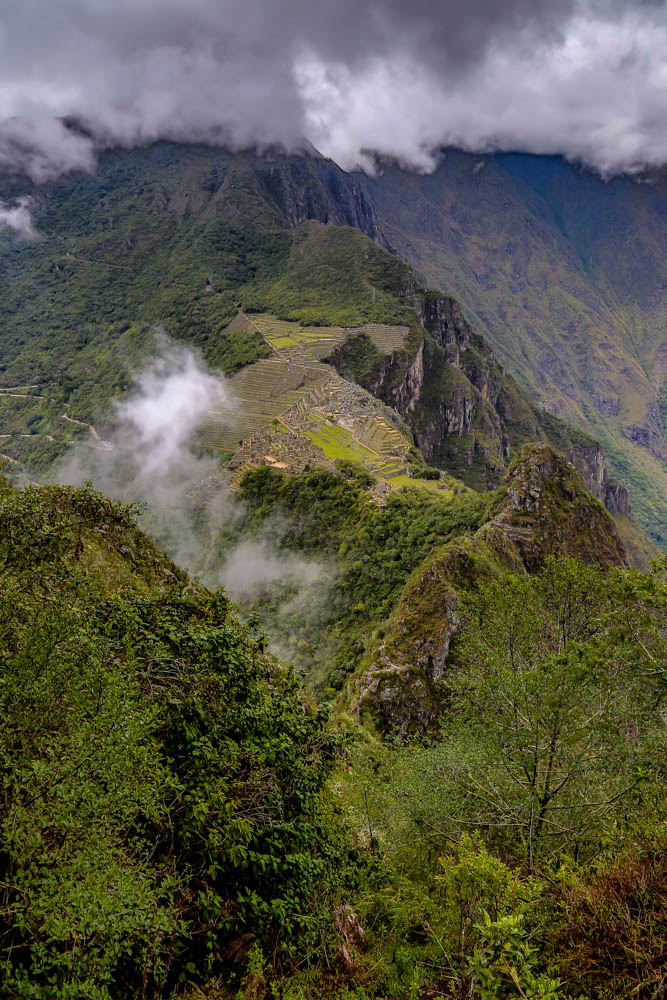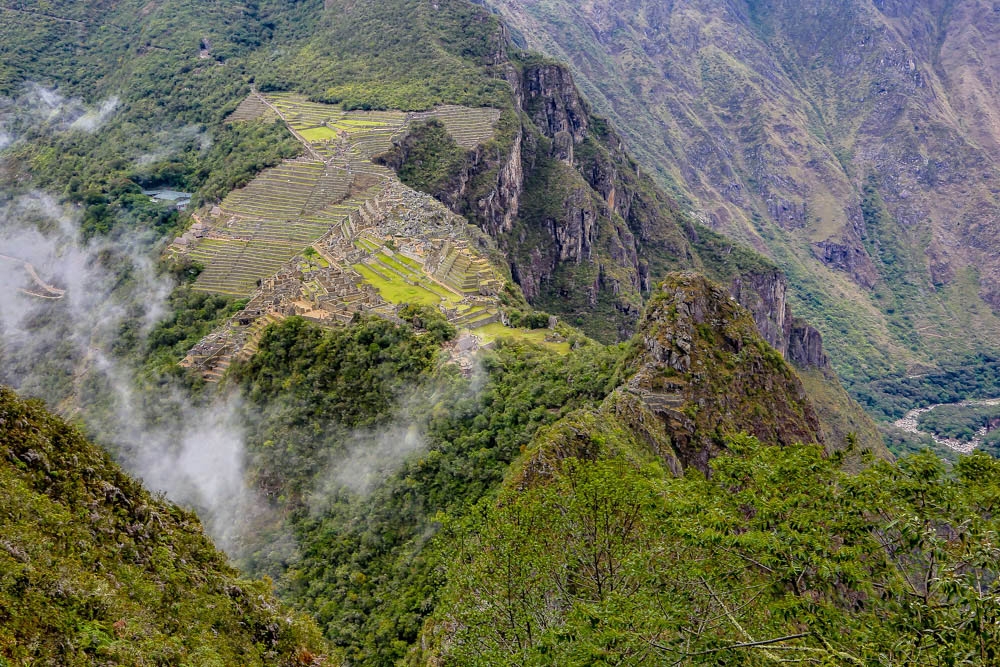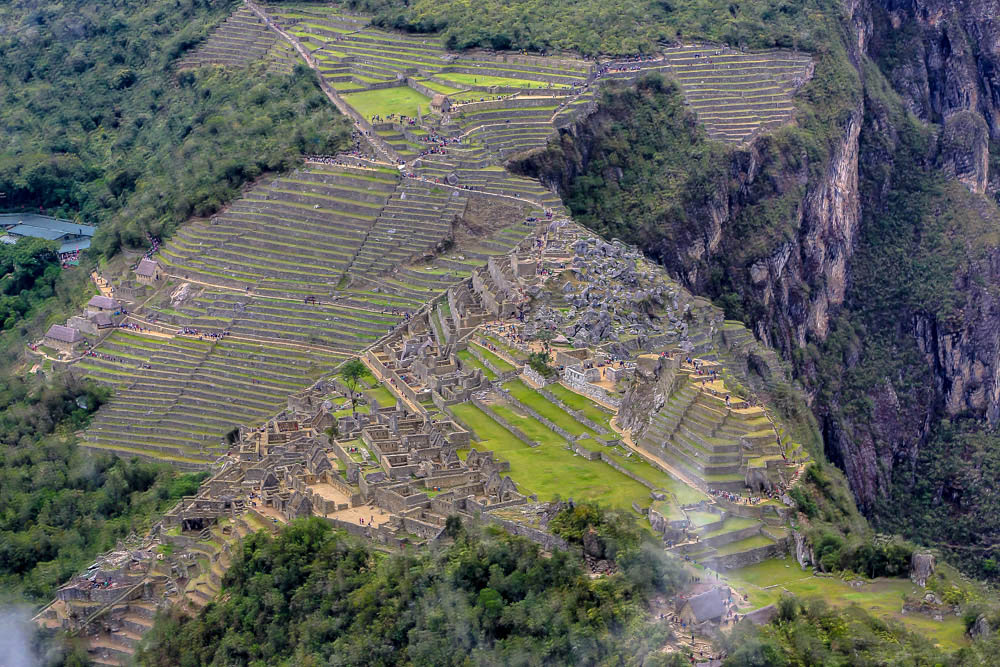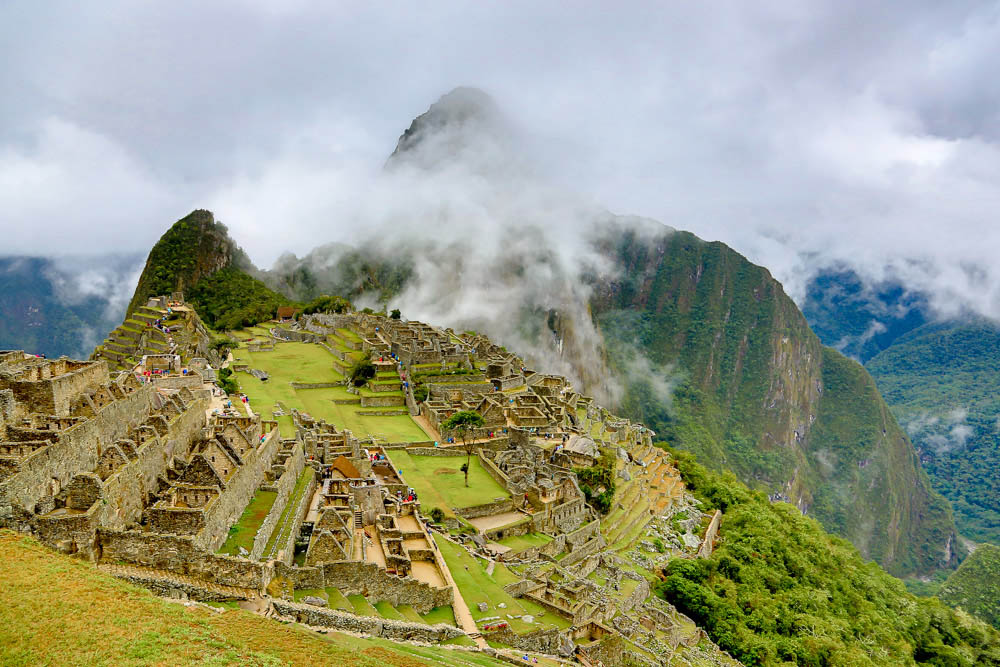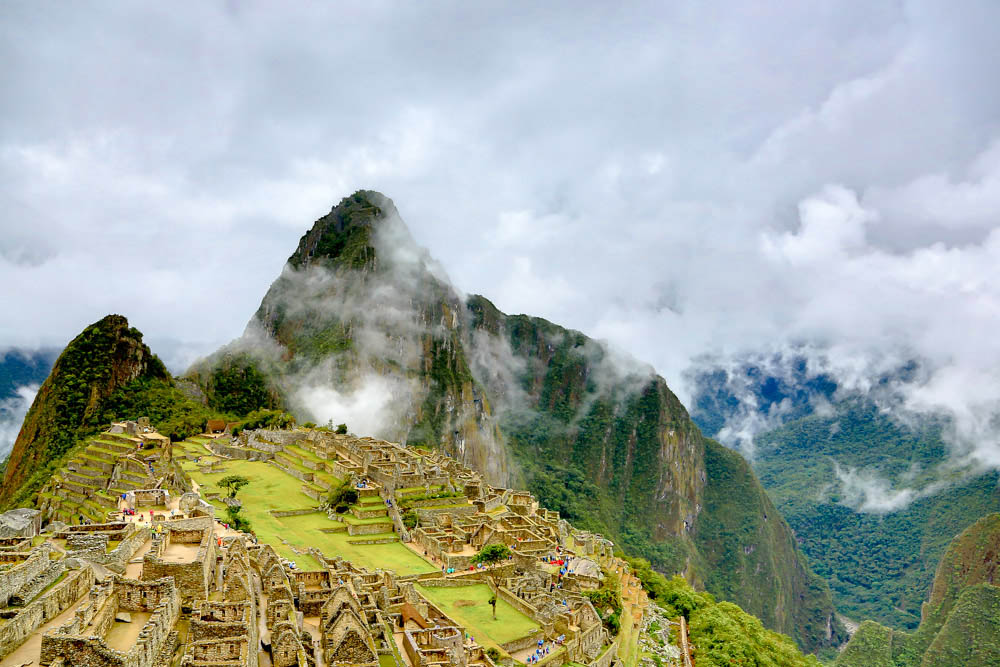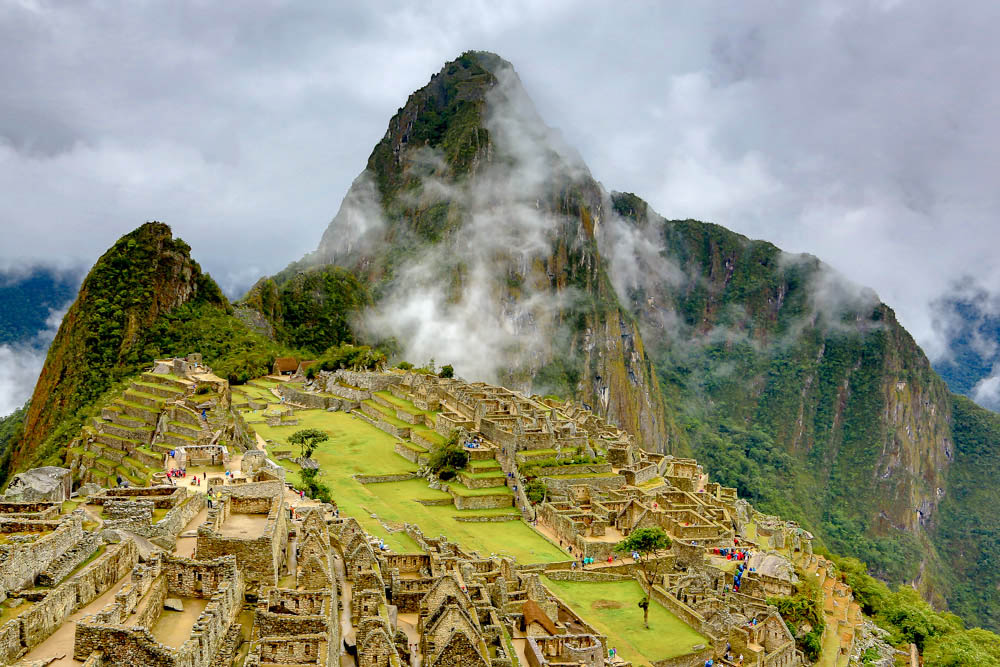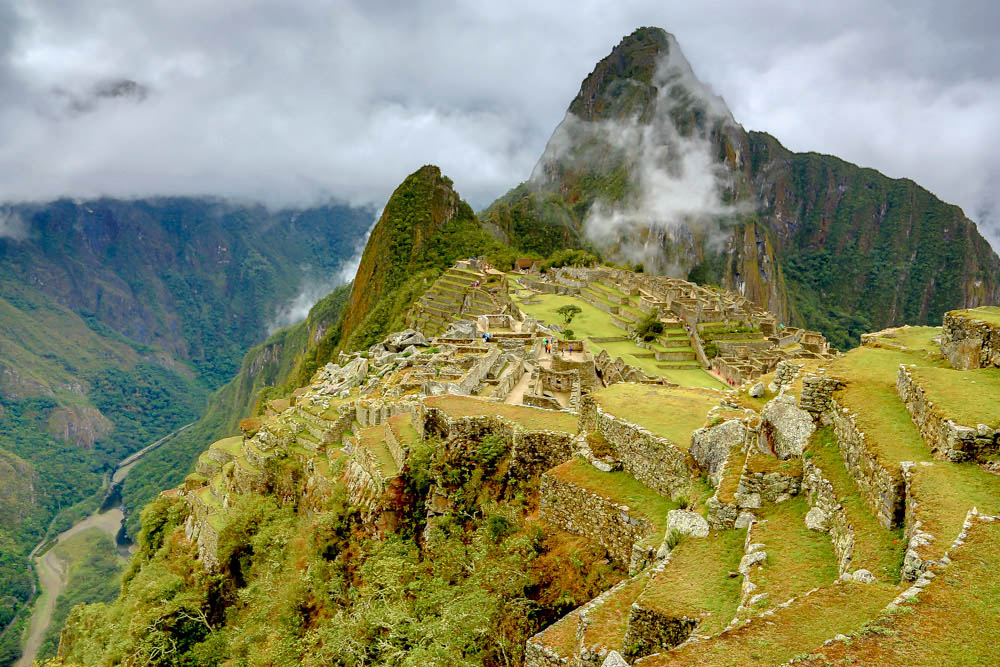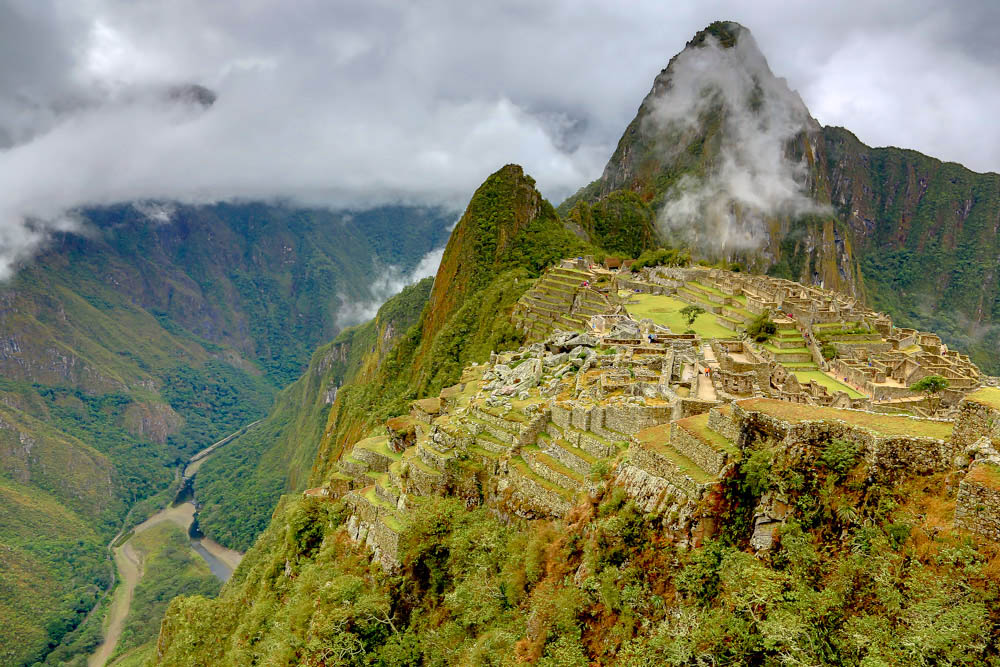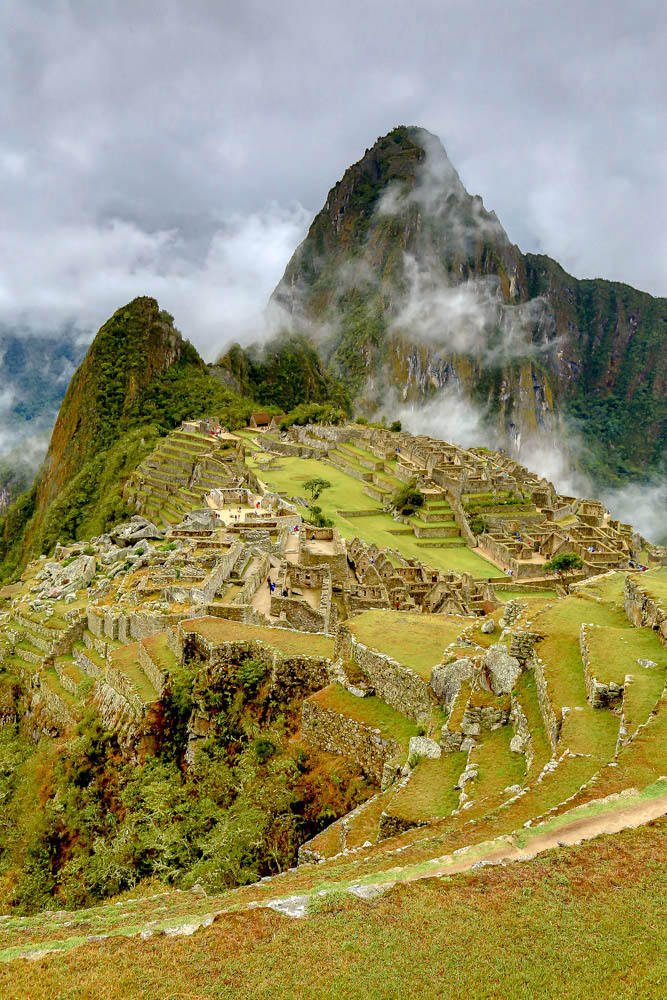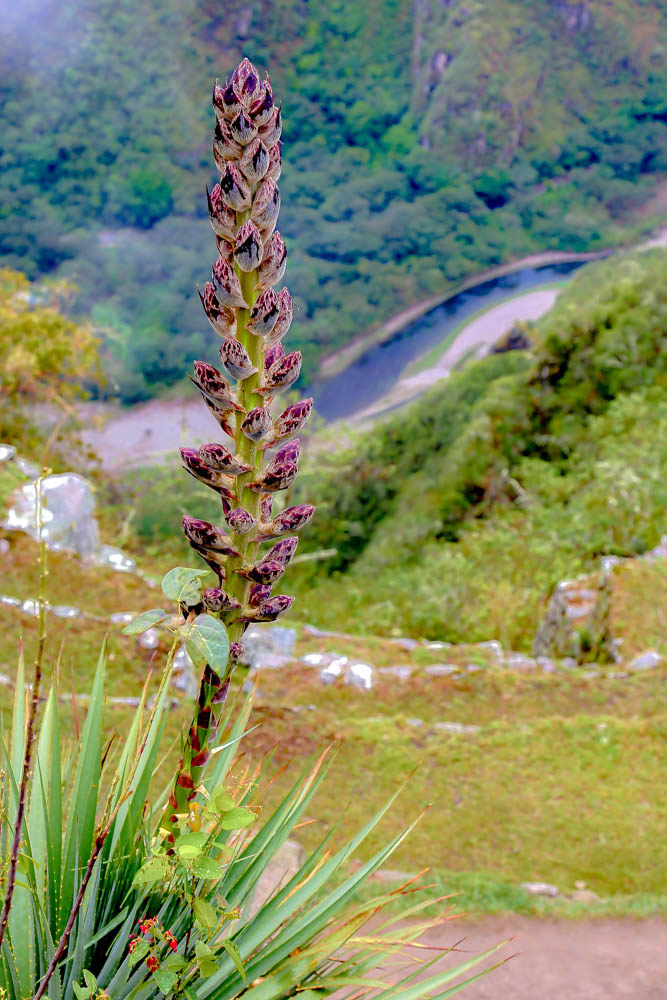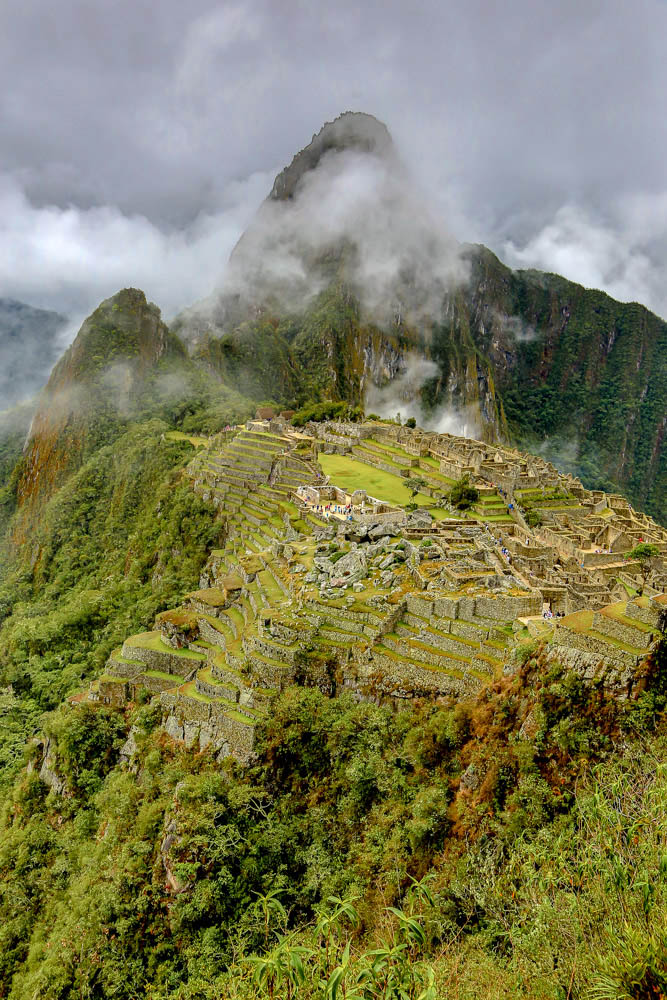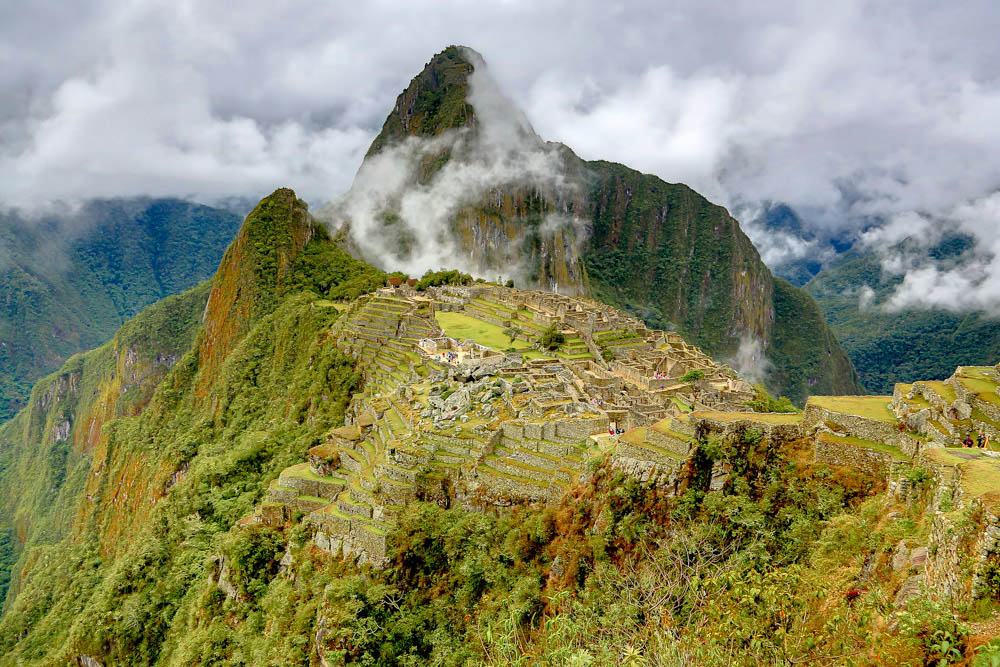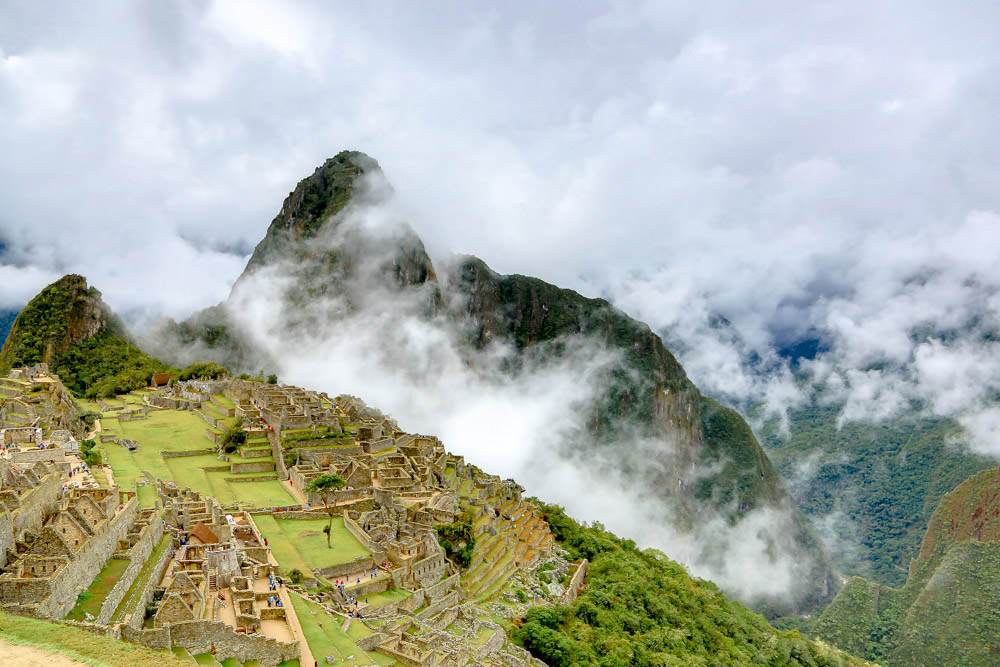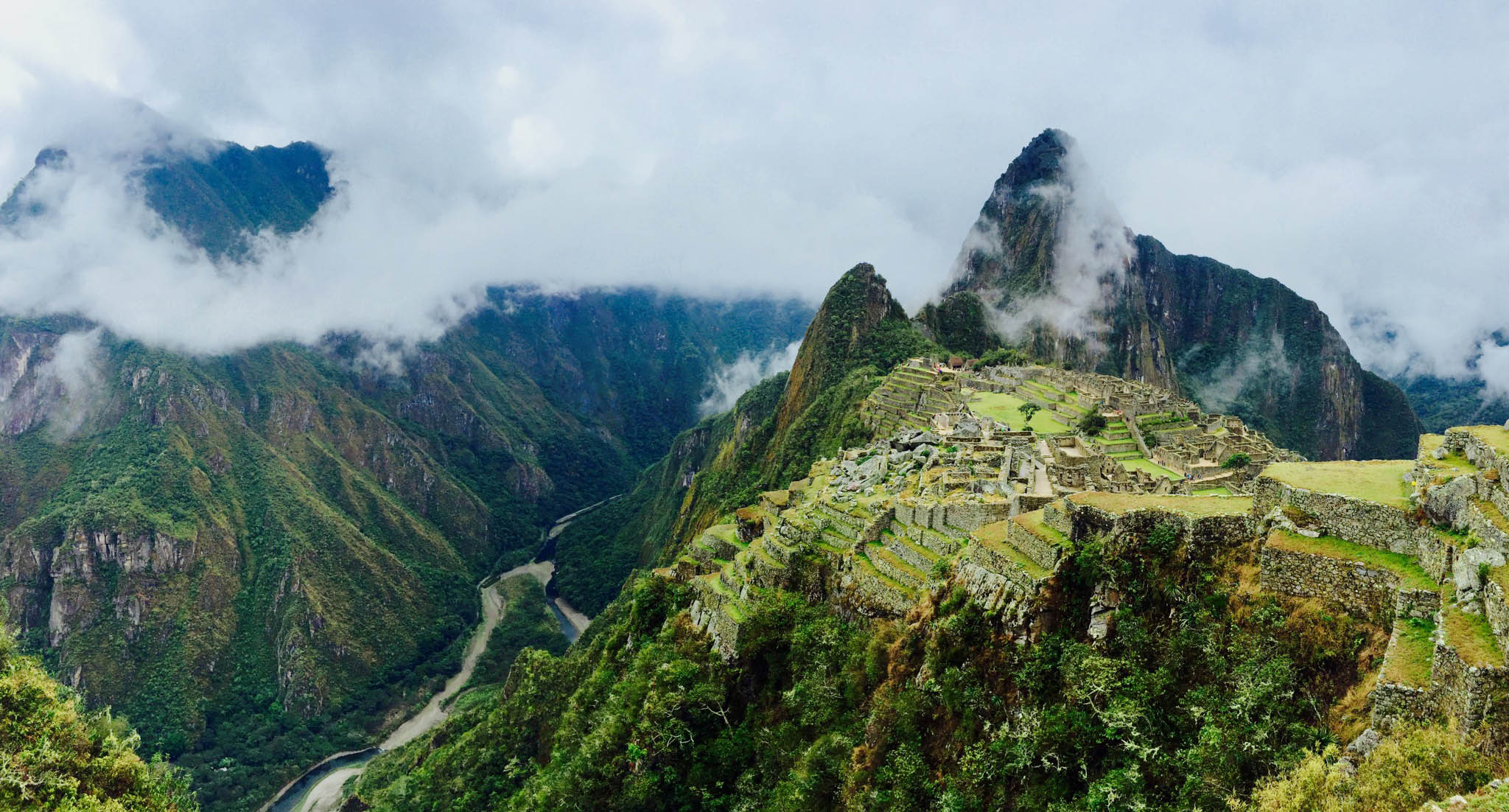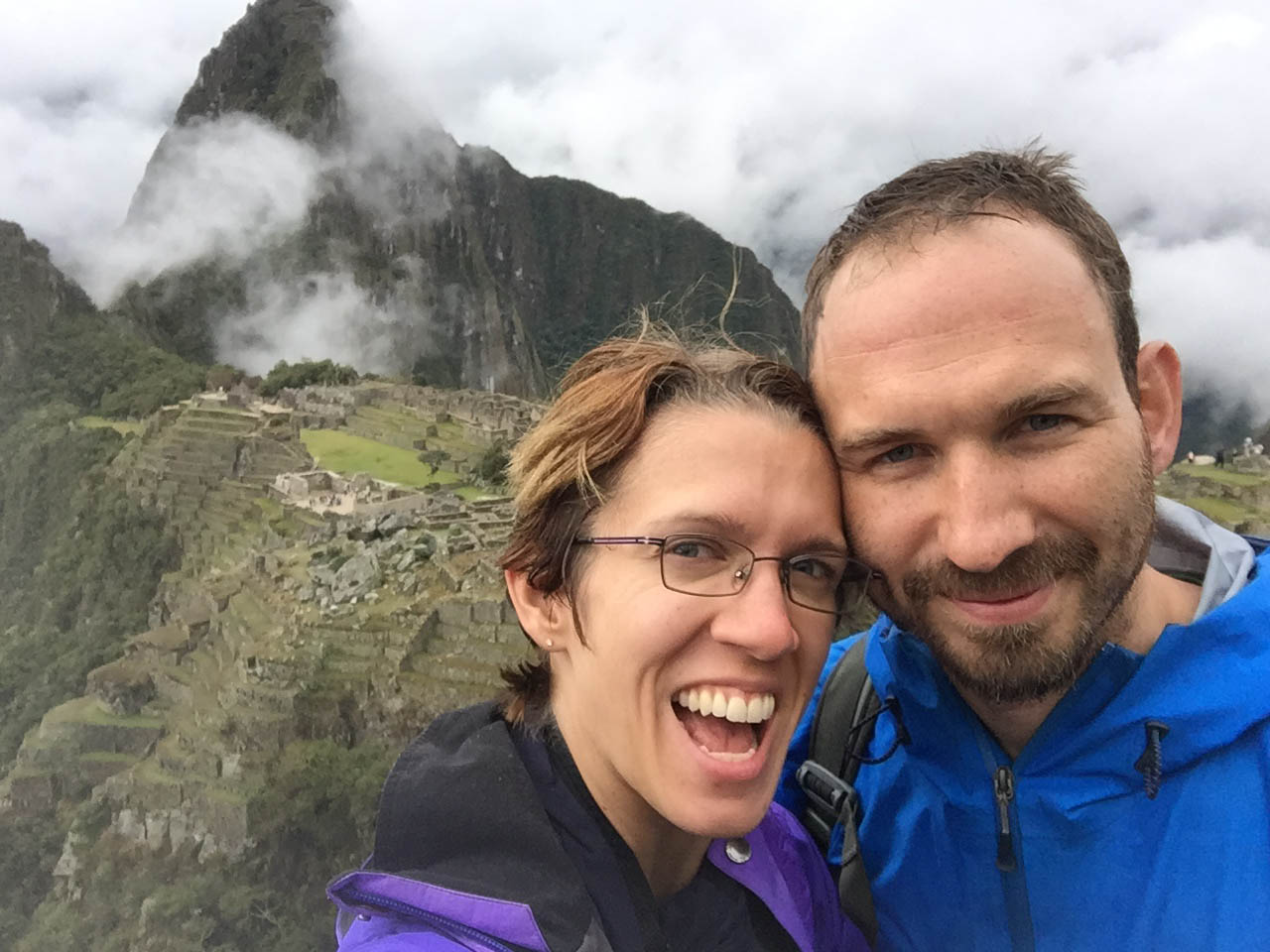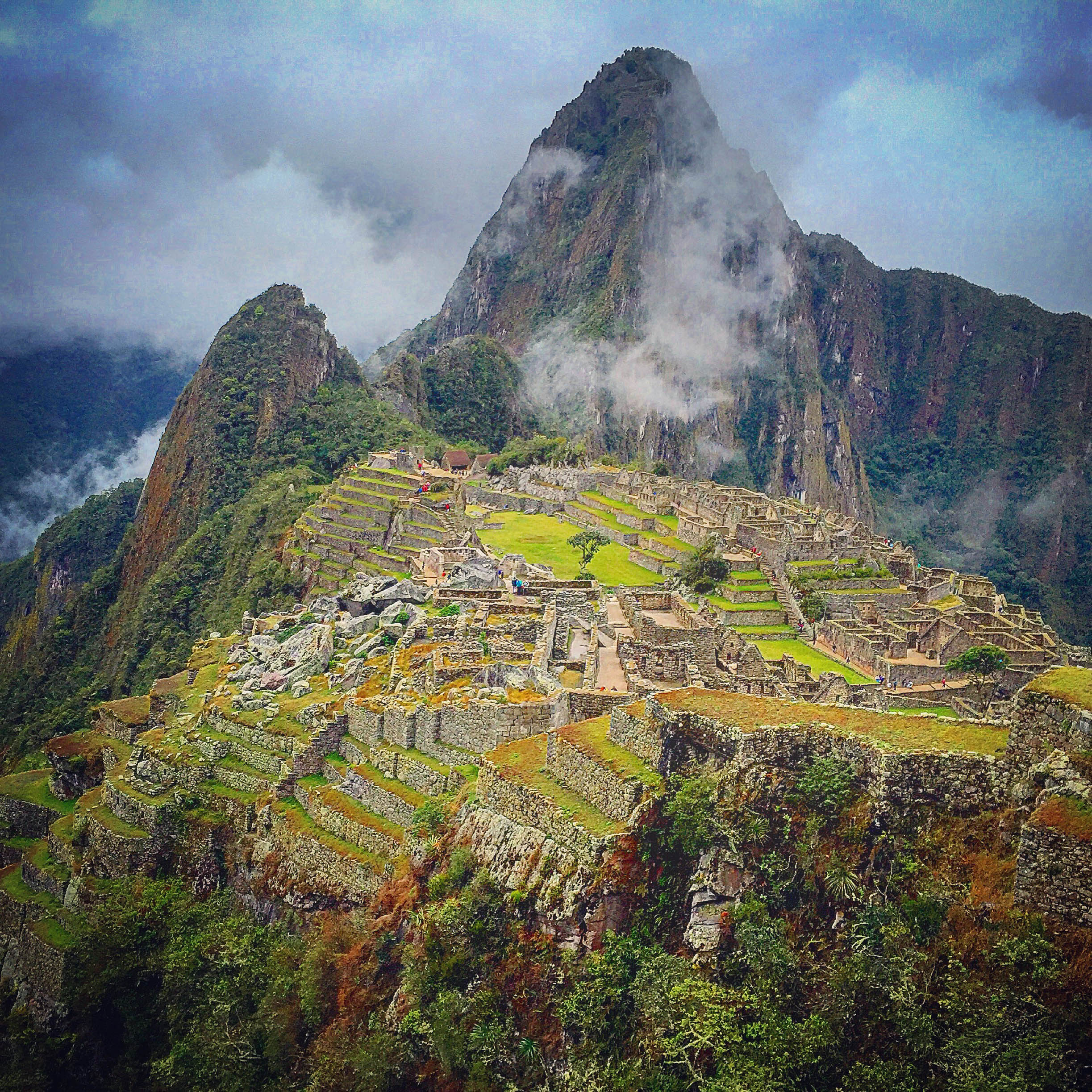Voting is a pretty easy process for Swiss citizens because the government mails everyone a ballot, which acts as both a voting ID at the polling station or as the much preferred absentee ballot. Swiss either throw their completed ballot in a post box for free or if they’ve missed the deadline, they can vote in person over the weekend at their local Gemeindehaus (town hall). Some cities like Winterthur have even been offering online voting since 2008.
Compared to the US, the whole system seems quite advanced to me. No one ever has to worry about registering on time, requesting absentee ballots, or finding time to go to a polling station during work because the whole process is automated and everyone always receives their ballots at home.
However, despite all that, there is still often a very low voter turnout in the country due to the frequency of the elections and increasing voter apathy. I received my first envelope to vote some time early 2015 and wanted Kay to show me how it worked because the system is quite different than what I am used to in America and in addition to it being in German, the whole process seemed foreign and scary to me.
As a true Swiss, my first election passed with the envelope sitting on my desk, unopened. Throughout the year, we received more envelopes, and I kept asking Kay if we could go through it together some time on the weekend, but he was so busy applying to school and later preparing to leave, that a whole year passed and neither of us voted once. Now that he’s gone, several important issues came up on the ballot in February including an issue on marriage rights/equality as well as another anti-foreigner initiative launched by the SVP (Schweizerische Volkspartei or Swiss People’s Party), and I wanted to exercise my right to vote!
Now that he’s gone, several important issues came up on the ballot in February including an issue on marriage rights/equality as well as another anti-foreigner initiative launched by the SVP (Schweizerische Volkspartei or Swiss People’s Party), and I wanted to exercise my right to vote!
What do you receive in your Swiss voting envelope? Quite a lot, which is why I was so overwhelmed the first time I opened the envelope up!
- Envelope itself, which is reused for mailing your ballot (clever!)
- Envelope for the ballots
- Voter ID Card, which also functions as an address card to both you and the polling place
- Federal voting ballots (Stimmzettel)
- Cantonal voting ballots
- City/Town voting ballots
- Voters guide for federal issues
- Voters guide for cantonal issues
This is what the envelope looks like that comes in the mail. It is important to open it with the little tab across the back and DO NOT tear the envelope because you reuse this envelope to mail the whole ballot back to the town hall. Silly newbie, I didn’t read as I was opening the mail and opened my first packet with a letter opener. Below you can see that they’ve designed it so that after you open it, there is another sticky tab you can undo to seal it at the end. The most important thing to do after not-tearing your envelope is to sign your Stimmrechtsausweis, or Voter’s ID card. This is a card they give you which if you want to vote in person, you need to present this to your local Gemeindehaus (town hall) in order to vote if you’ve missed the mailing deadline.
The most important thing to do after not-tearing your envelope is to sign your Stimmrechtsausweis, or Voter’s ID card. This is a card they give you which if you want to vote in person, you need to present this to your local Gemeindehaus (town hall) in order to vote if you’ve missed the mailing deadline.
The card not only acts as your ID for voting, but it doubles as the addressee card. When it arrives, the card is inside the envelope facing towards the window with YOUR address. When you want to mail it, you sign it and then put it back in UPSIDE DOWN with the Gemeindehaus address showing through the window this time. It’s important to double check that you are not posting your ballot to yourself again!
Now, before you get to your ballots, what the heck is this election about? You don’t pay attention to politics either? Great. That’s why they have prepared guides for you for both federal and cantonal issues. Each brochure highlights the issues to be voted on with both quick and in depth explanations so you can do the “Let’s get it done” method or take your time and read more. Each initiative text is explained as well as the supporting and opposing views.
Each brochure highlights the issues to be voted on with both quick and in depth explanations so you can do the “Let’s get it done” method or take your time and read more. Each initiative text is explained as well as the supporting and opposing views.
For the federal issues, you also receive the voting recommendation from both the Bundesrat (Swiss Federal Council) and Parlament (Parliament) to help your decision. For the cantonal issues you receive the views from Regierungsrat (governing council of the canton) and the Kantonsrat (Cantonal Council), plus any information how parliament voted that effects the issue. So if you want to be lazy, you can just glance over the general idea of the issue and then vote based on what is recommended, kind of like voting party-line in the States.
By all means, you can also search for and read for information about the candidates and issues elsewhere, online, in articles, newspapers, from friends, etc.  It seems that most issues are presented in a straight-forward manner out of context, but when you put them in context, the initiative and the changes are much more complicated or different than they would first appear.
It seems that most issues are presented in a straight-forward manner out of context, but when you put them in context, the initiative and the changes are much more complicated or different than they would first appear.
Take the marriage rights issue for example… There is a known problem in Switzerland with married couples being taxed more than non-married cohabiting couples and also receiving only 1.5X a person’s pension instead of 2 full pensions upon retirement. At first I thought, “YES, I’ve been complaining about this for years! I will support this change!”
But, then I read the actual initiative and read more about it online and not only was it was more confusing what would actually change and if it would really help me, or if it would just promote the traditional sexist practice of women staying at home while the man works, but it had some very disturbing wording defining a marriage as “between a man and a woman and nothing else”. If anything, I thought that while I would like the tax situation to be addressed, this is not the way to do it. I certainly did not want to hinder gay marriage for anyone in any way. There is no reason for that, other than the bill being proposed by the centrist Christian Democratic Party (CVP). No surprise there.
But this issue and the one against foreign criminals take a seemingly easy-to-answer question and twist it. Do I think foreign criminals have the right to come here and commit crimes and stay indefinitely? No, but as I posted before, it’s not a black and white matter, as the SVP would have you believe. Once you figure out how you want to vote, you write in “Ja” or “Nein” on your ballot. Then you fold them and put all the ballots in the envelope with holes below.
Once you figure out how you want to vote, you write in “Ja” or “Nein” on your ballot. Then you fold them and put all the ballots in the envelope with holes below. I guess that not every election you are voting on the same things. Sometimes it’s just federal or cantonal and sometimes you have local town issues. For my town, there was a new candidate being elected and I had to do some more work to figure out information about the candidates because there wasn’t a handy pamphlet explaining their backgrounds in that case.
I guess that not every election you are voting on the same things. Sometimes it’s just federal or cantonal and sometimes you have local town issues. For my town, there was a new candidate being elected and I had to do some more work to figure out information about the candidates because there wasn’t a handy pamphlet explaining their backgrounds in that case.
Once the envelope with the holes is filled with the ballots, you seal it and place it in the main envelope, making sure that your Voter ID card is still in there with the correct address facing outward. On the back of the envelope, it actually has the whole instructions printed what to do and what not to forget. Wichtige Hinweise = Important instructions There are also further instructions on the Voter ID card how to turn it around to reuse it as the address card, where to sign it, and instructions on the ballots how to handle them.
There are also further instructions on the Voter ID card how to turn it around to reuse it as the address card, where to sign it, and instructions on the ballots how to handle them.
Everything is actually very clear in reality and while I read everything myself, I did feel more comfortable having a colleague quickly explain the process to me first to make sure I wouldn’t screw it up. That’s my Type A personality shining through. 😉
The final step is just to take the sticky off the main envelope and seal the envelope. It is already postmarked, so if you follow the last step of the list and make sure you post it on time, you are in the clear!
If you wait too long, you can just take the Voter ID card and the ballots to your Gemeindehaus on the weekend and vote in person. Basta finito.
Now you know how it works!
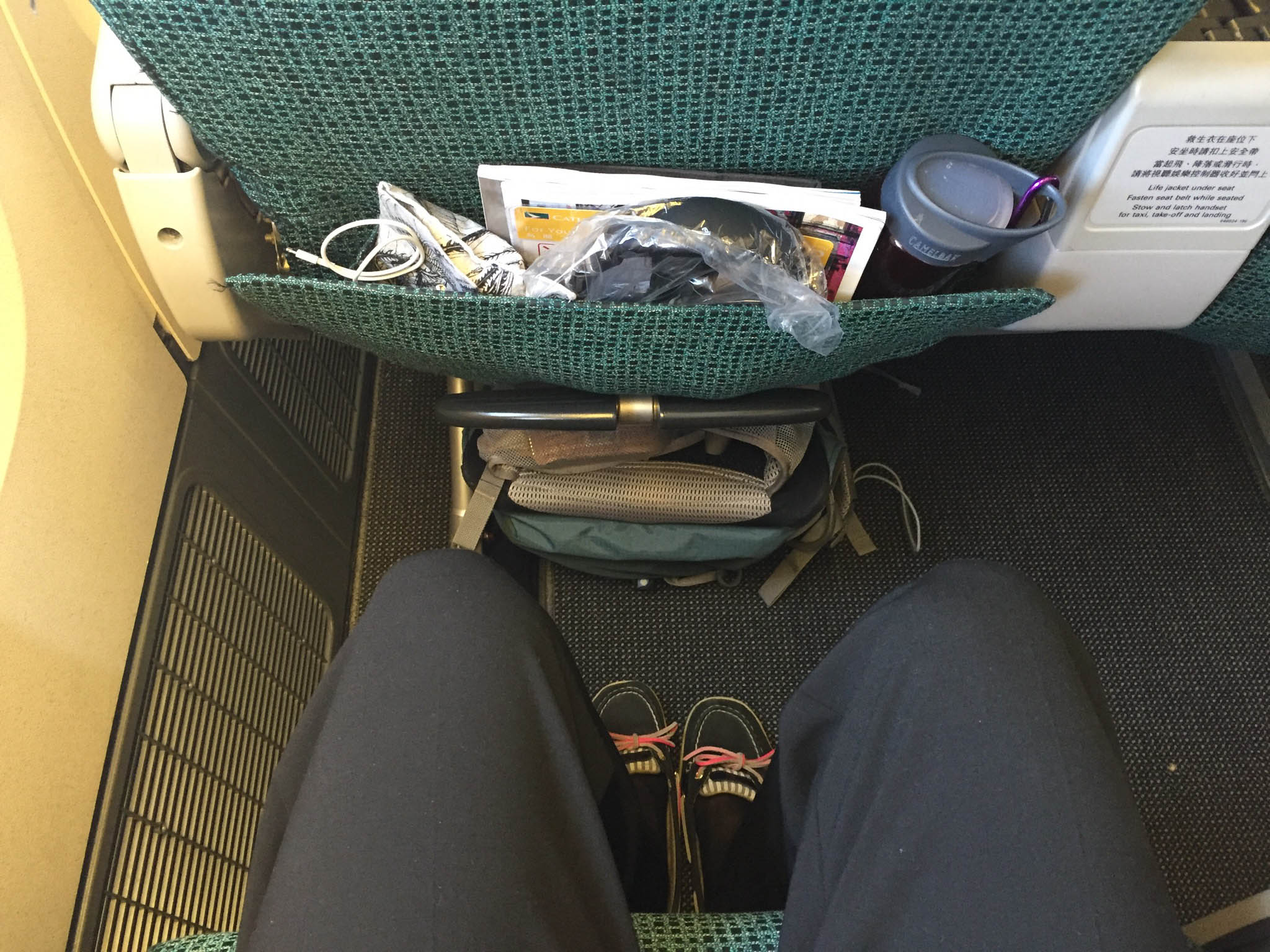 In addition to the extra leg room, premium economy enjoys perks of business travelers like newspapers during boarding, hot towels to wash hands, complementary drinks like prosecco during boarding (Yes, please!) and an upgrade in food with real utensils.
In addition to the extra leg room, premium economy enjoys perks of business travelers like newspapers during boarding, hot towels to wash hands, complementary drinks like prosecco during boarding (Yes, please!) and an upgrade in food with real utensils.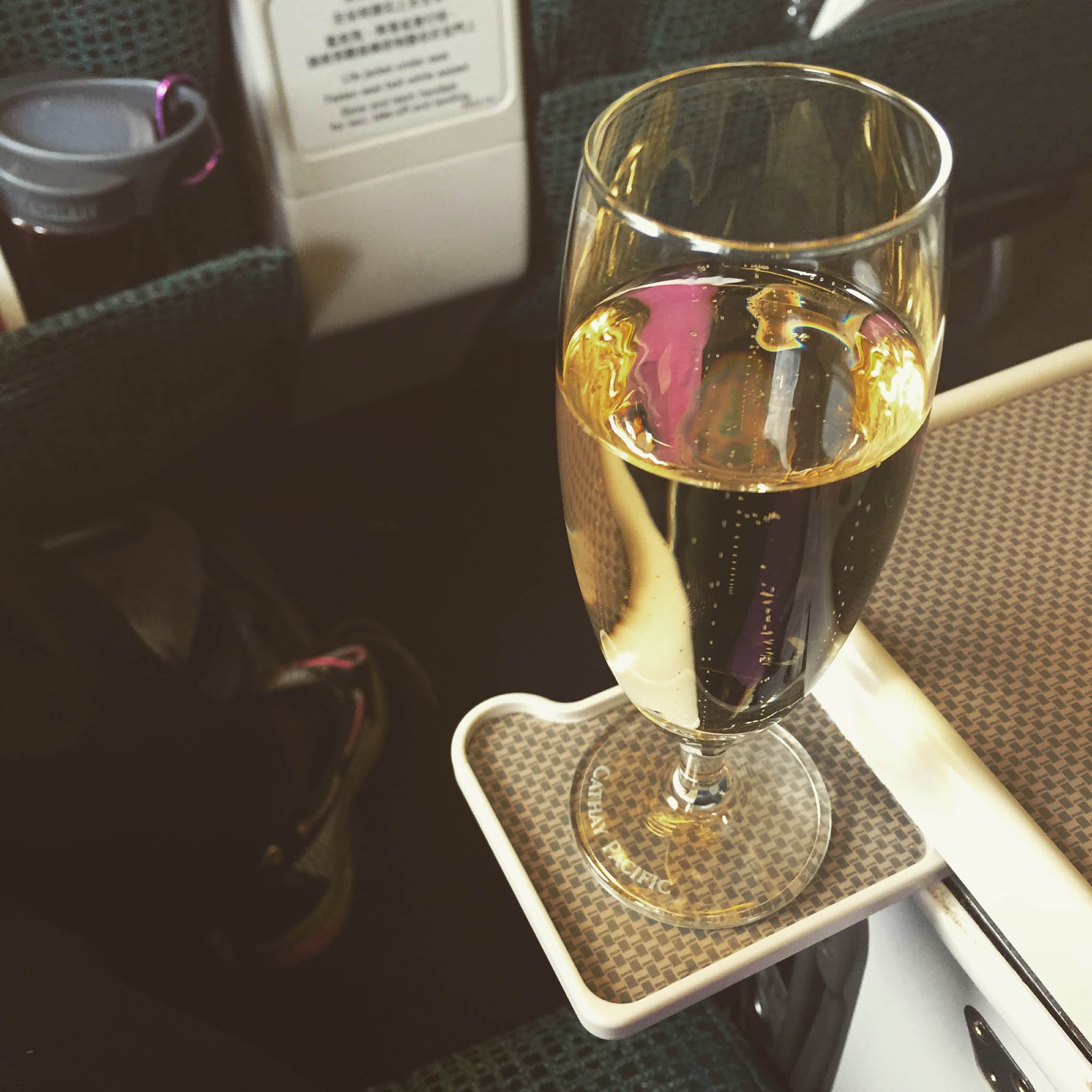 My gluten free meal was pretty impressive. Having flown Iberian business in January, I can now say that Cathay’s food in premium economy was BETTER.
My gluten free meal was pretty impressive. Having flown Iberian business in January, I can now say that Cathay’s food in premium economy was BETTER.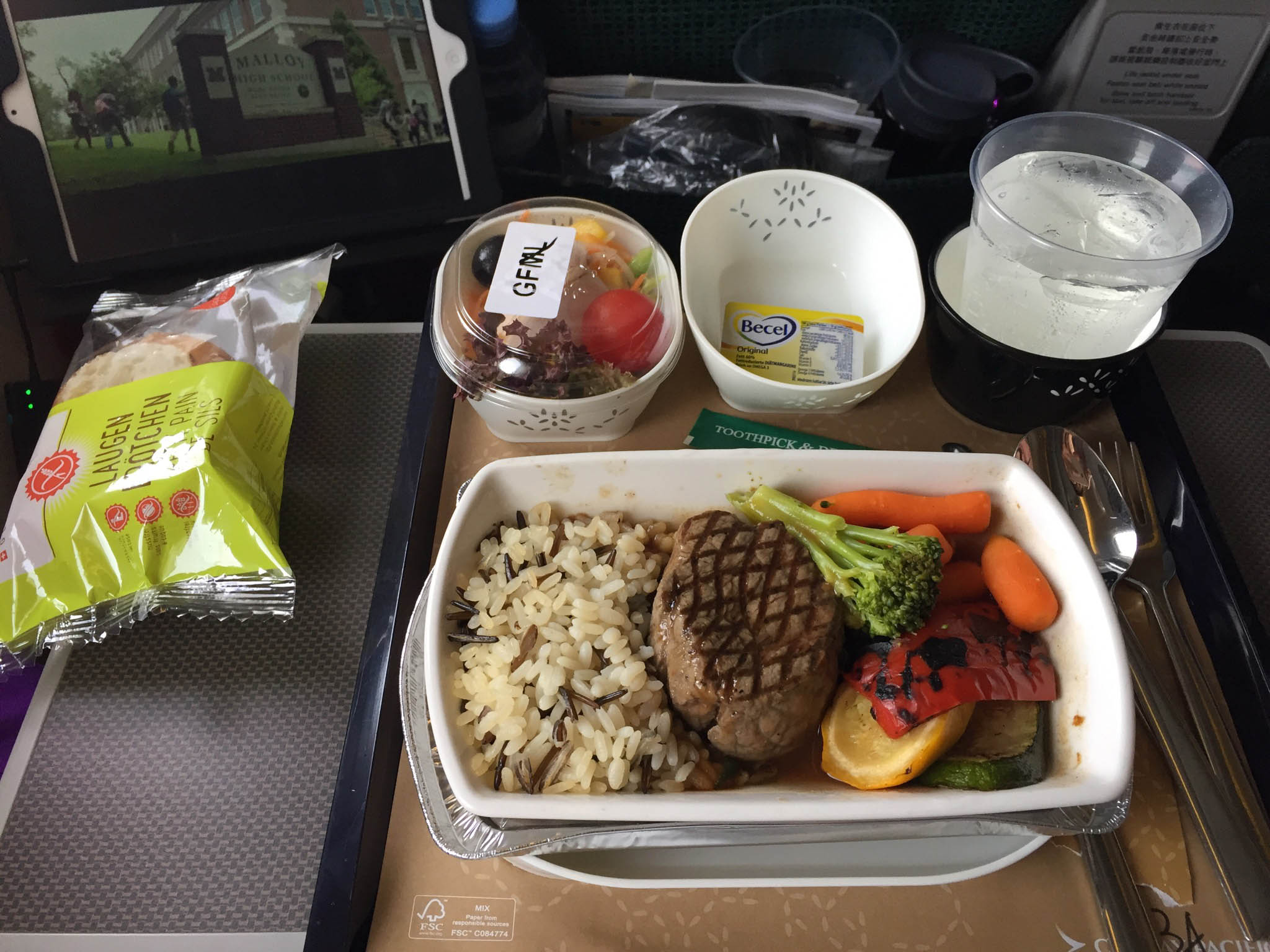 That steak, I mean, there’s no contest!
That steak, I mean, there’s no contest!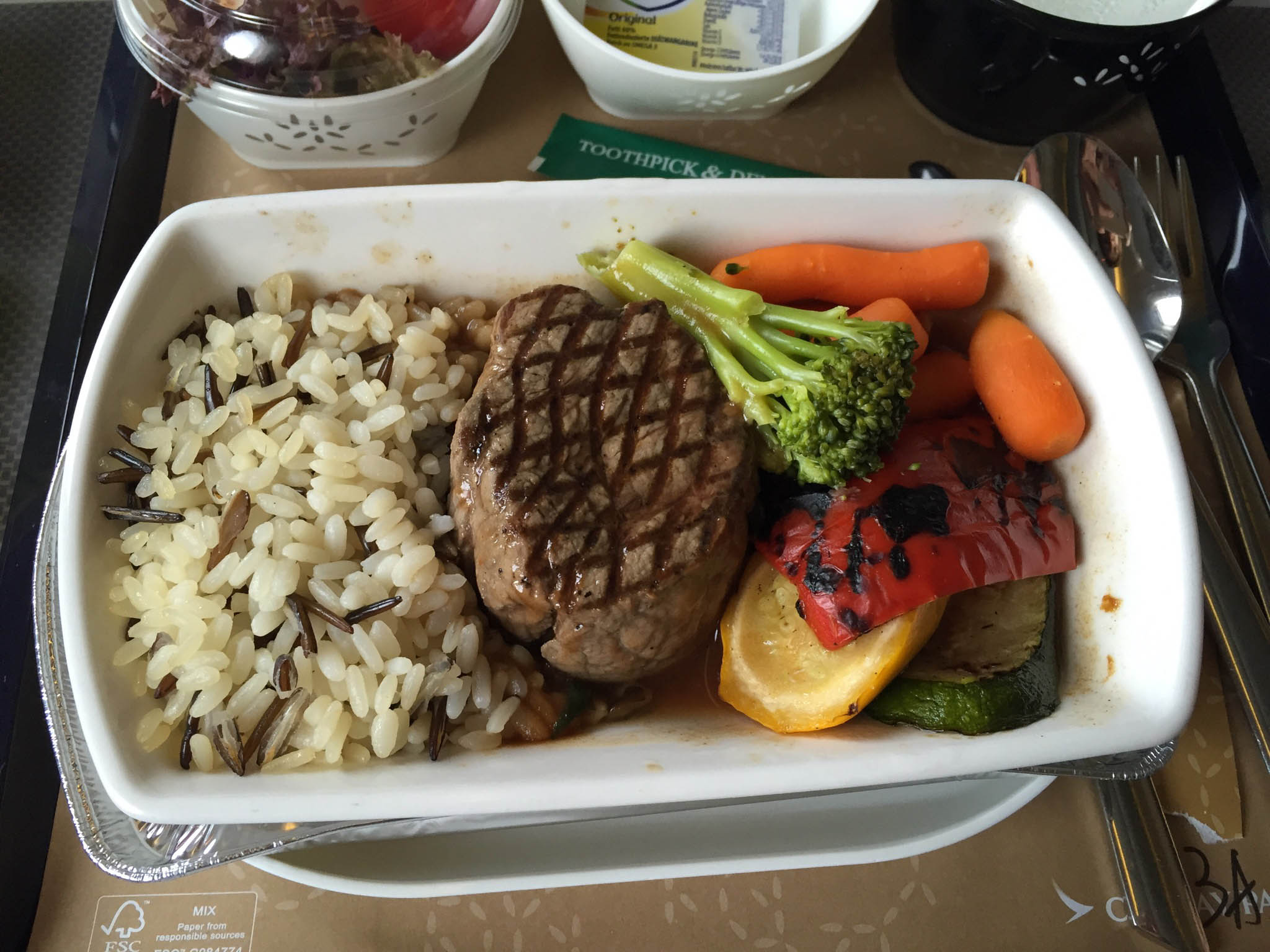 After flying 30+ hours in 48h, I looked and felt surprisingly fit when I arrived to Hong Kong that Tuesday morning. I didn’t really know what day it was at all, but that’s beside the point.
After flying 30+ hours in 48h, I looked and felt surprisingly fit when I arrived to Hong Kong that Tuesday morning. I didn’t really know what day it was at all, but that’s beside the point. Hong Kong is a glittery city and after the cold weather in Peru, I was welcoming some warmth.
Hong Kong is a glittery city and after the cold weather in Peru, I was welcoming some warmth. Like Singapore, I liked this city immediately.
Like Singapore, I liked this city immediately.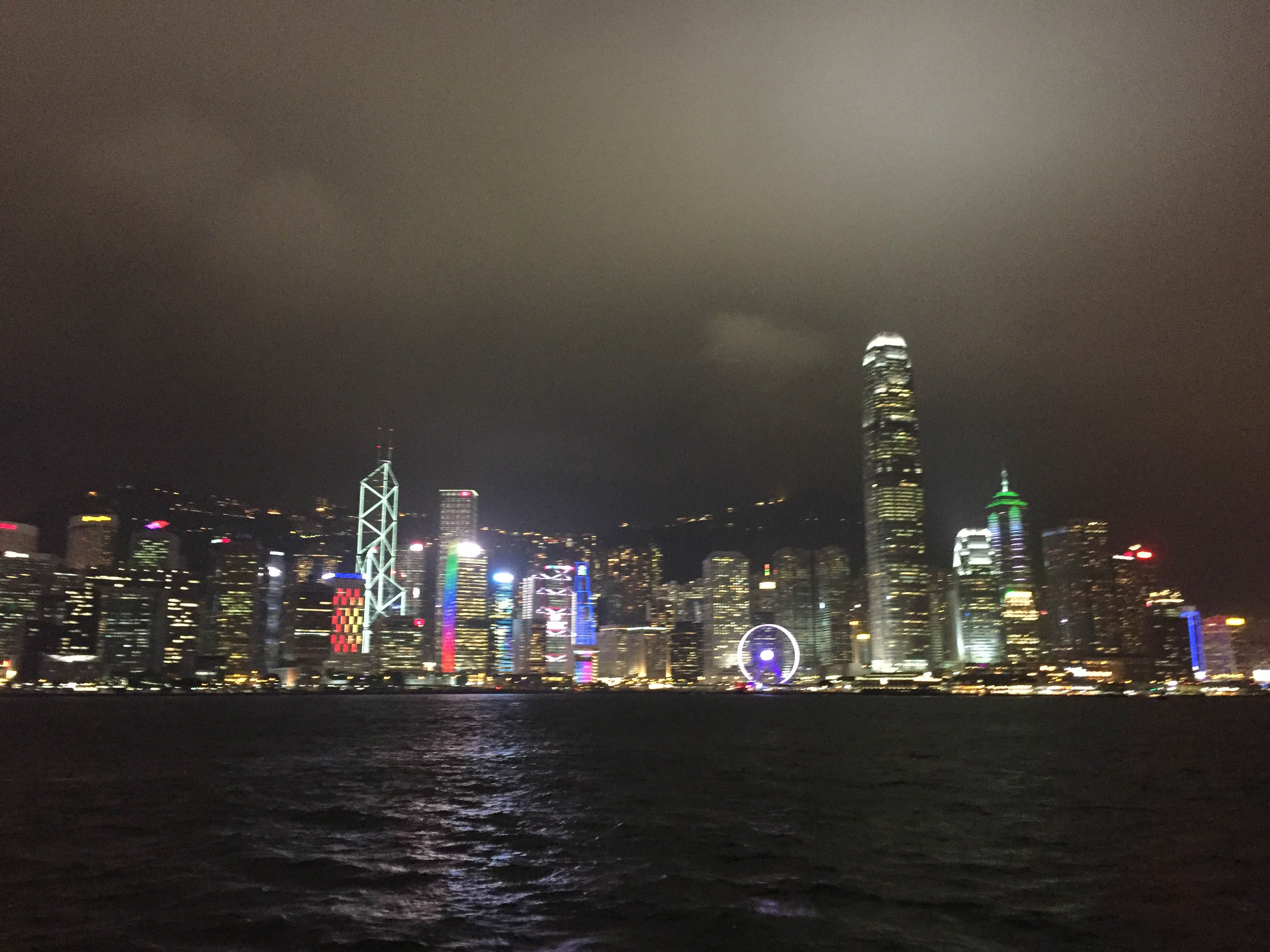 The view from my hotel below. 🙂
The view from my hotel below. 🙂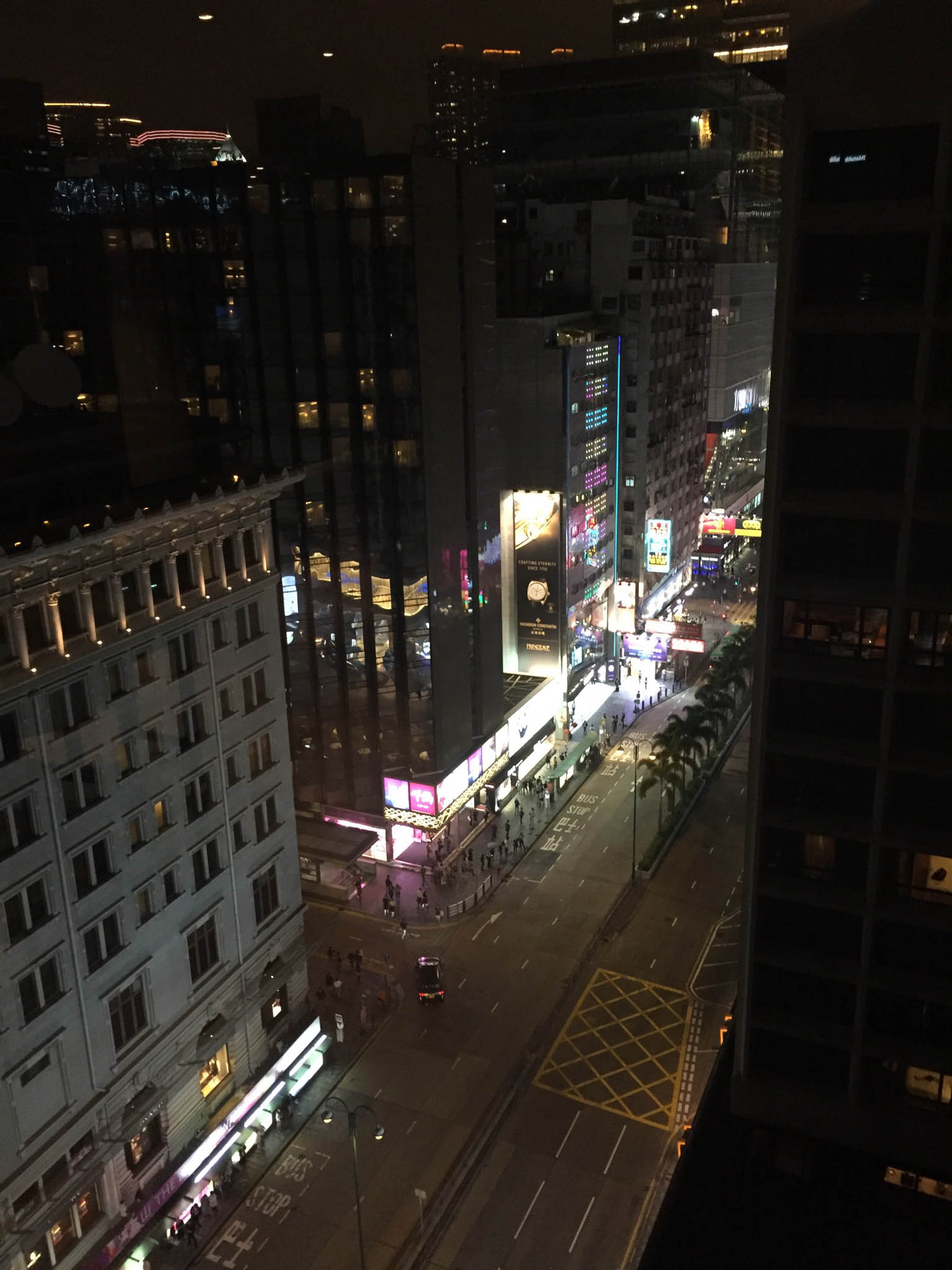 I also ate really well on this trip, with everything from fried mussels to truffle infused french fries.
I also ate really well on this trip, with everything from fried mussels to truffle infused french fries.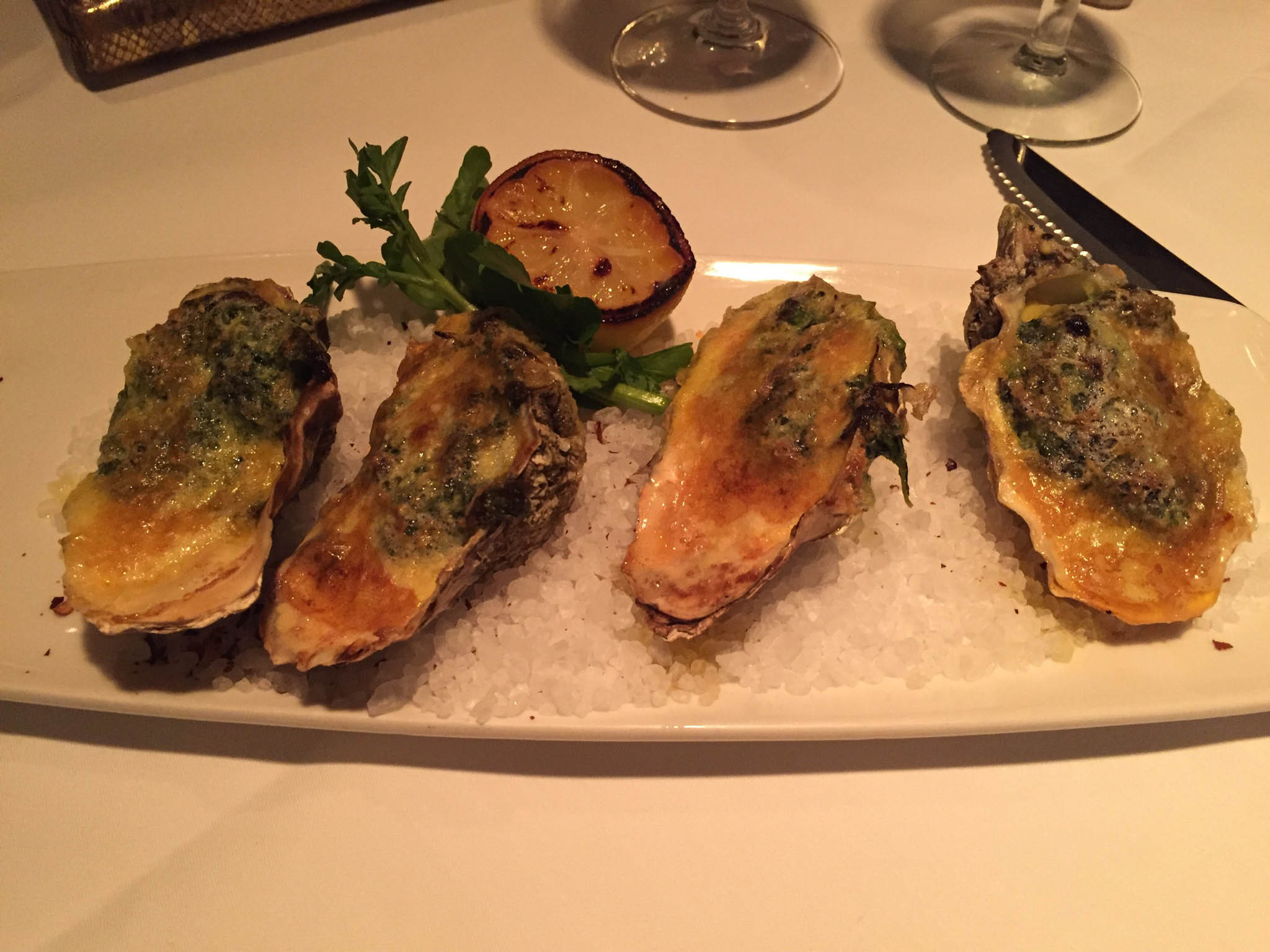 The Sheraton Kowloon really knows how to make food!
The Sheraton Kowloon really knows how to make food!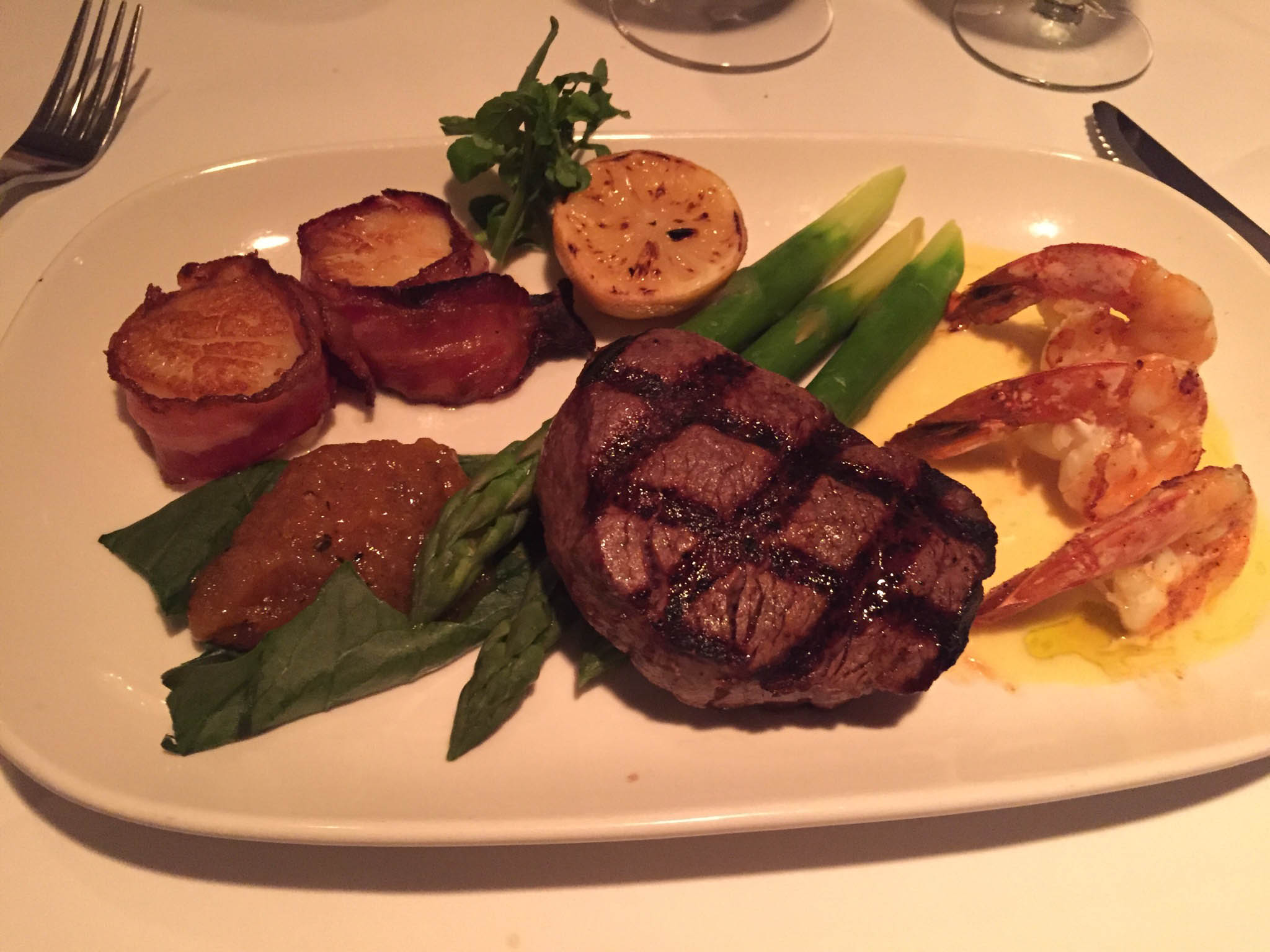 The view of the construction site behind my room was not quite as pleasing, especially when it started up at 7am every day, but I guess I am used to construction workers ruining my sleep in Switzerland. 😉
The view of the construction site behind my room was not quite as pleasing, especially when it started up at 7am every day, but I guess I am used to construction workers ruining my sleep in Switzerland. 😉 Although I was a little nervous about finding gluten free food to eat at a convention hall with 60,000 visitors, I was able to stop by a restaurant for lunch that could manage a simple gluten free pasta.
Although I was a little nervous about finding gluten free food to eat at a convention hall with 60,000 visitors, I was able to stop by a restaurant for lunch that could manage a simple gluten free pasta. 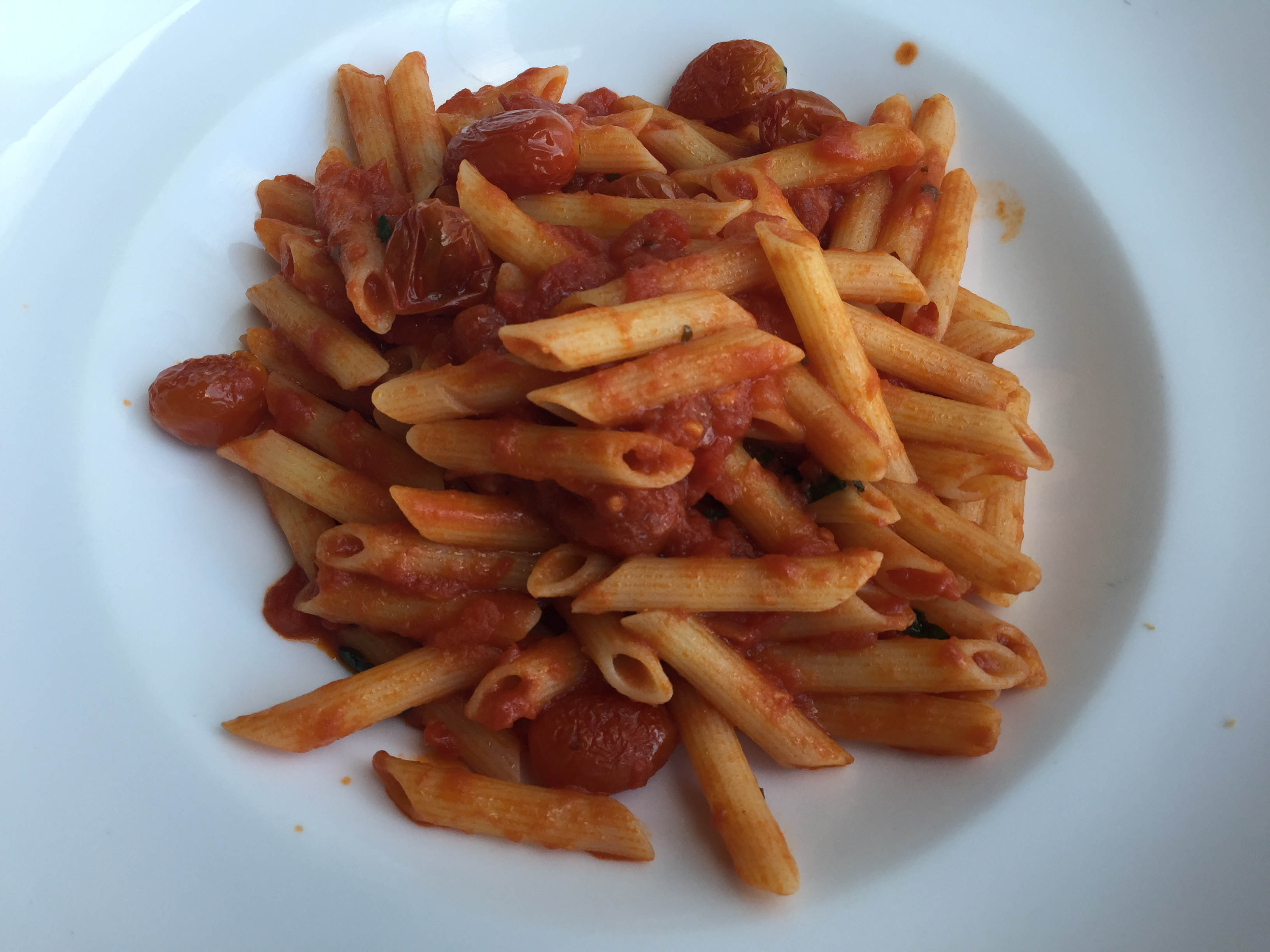 Back across the harbor, palm trees swayed in the breeze. Can’t we just move the office here??
Back across the harbor, palm trees swayed in the breeze. Can’t we just move the office here?? Every day, we woke early to get to the convention hall and then in the evening we would go back to the hotel and change before heading out for dinner. It was a pretty exhausting week!
Every day, we woke early to get to the convention hall and then in the evening we would go back to the hotel and change before heading out for dinner. It was a pretty exhausting week! I was still marveling that right before getting on the plane to Lima, I was roughing it in the Peruvian wilderness to Machu Picchu, and now after the weekend, here I was at a cosmetics and beauty expo in cosmopolitan Hong Kong. Going from eating potatoes and local corn to lobster and oysters was nuts. The difference in culture on the two trips was staggering.
I was still marveling that right before getting on the plane to Lima, I was roughing it in the Peruvian wilderness to Machu Picchu, and now after the weekend, here I was at a cosmetics and beauty expo in cosmopolitan Hong Kong. Going from eating potatoes and local corn to lobster and oysters was nuts. The difference in culture on the two trips was staggering.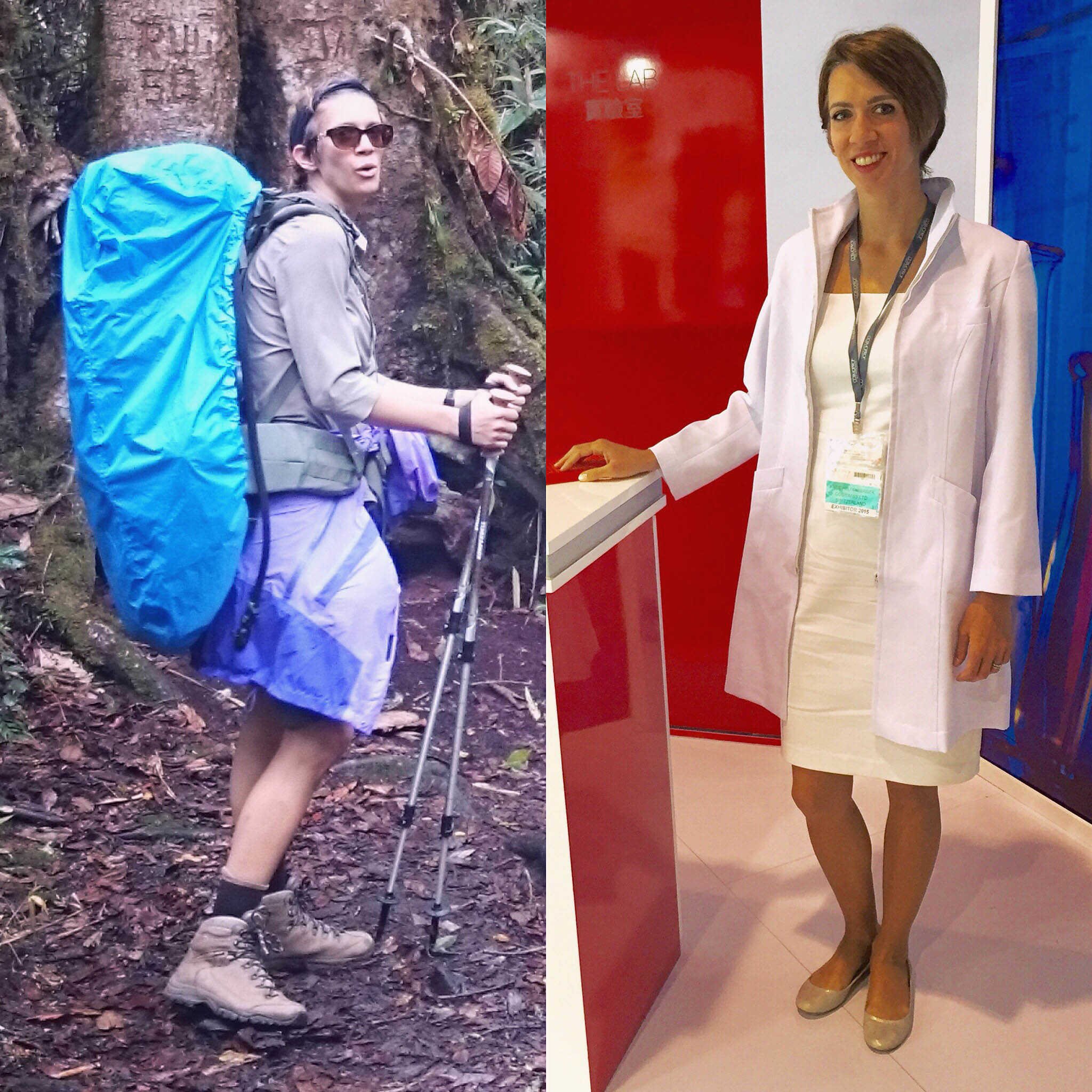 I did have again a little food card with me, writing what I could eat in traditional and simplified Chinese. Sometimes eating gluten free makes food pretty bland in Asia without soy sauce or salt. :/
I did have again a little food card with me, writing what I could eat in traditional and simplified Chinese. Sometimes eating gluten free makes food pretty bland in Asia without soy sauce or salt. :/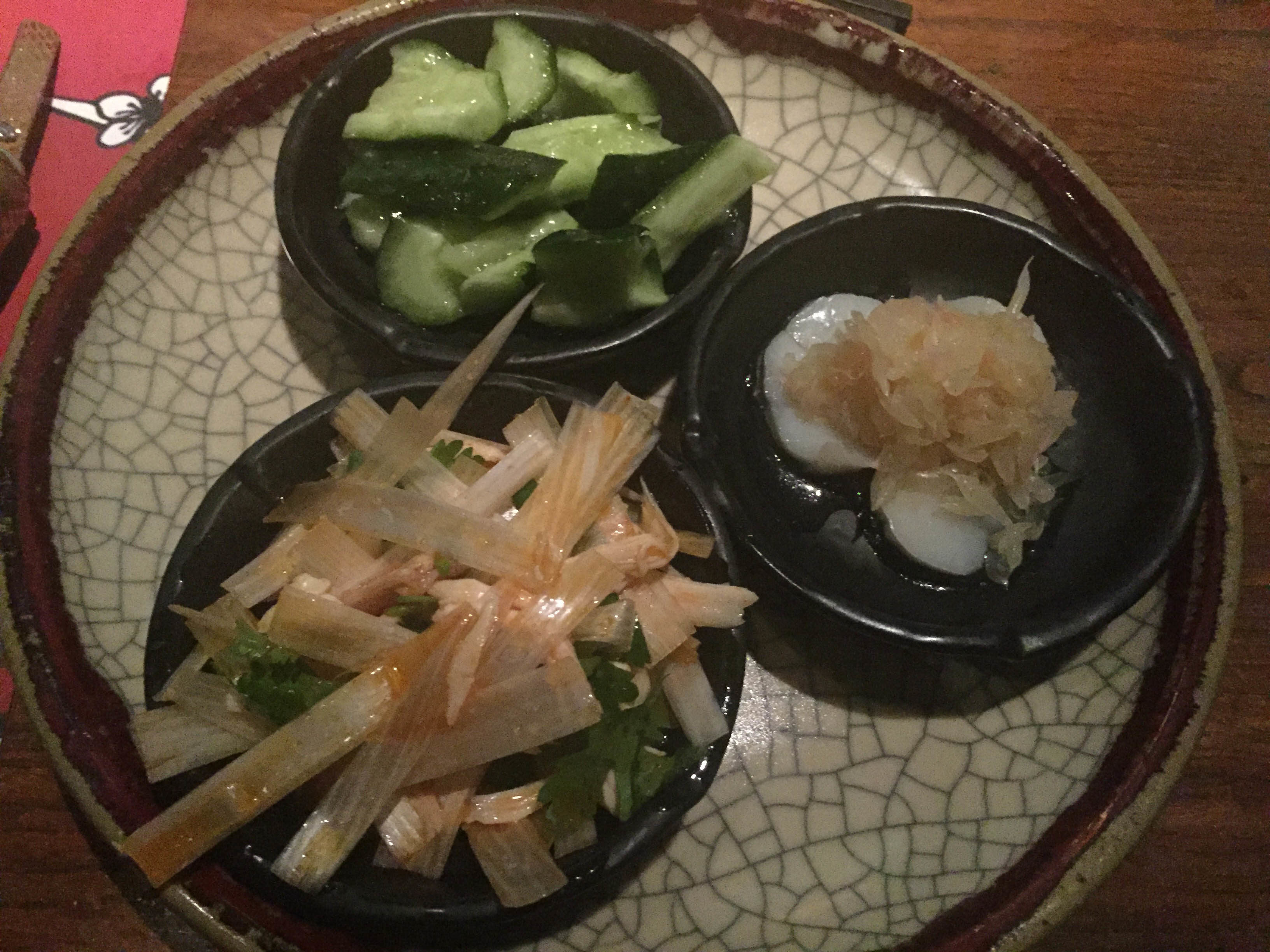 Shrimp and broccoli stir fried in plain oil is not quite the same.
Shrimp and broccoli stir fried in plain oil is not quite the same.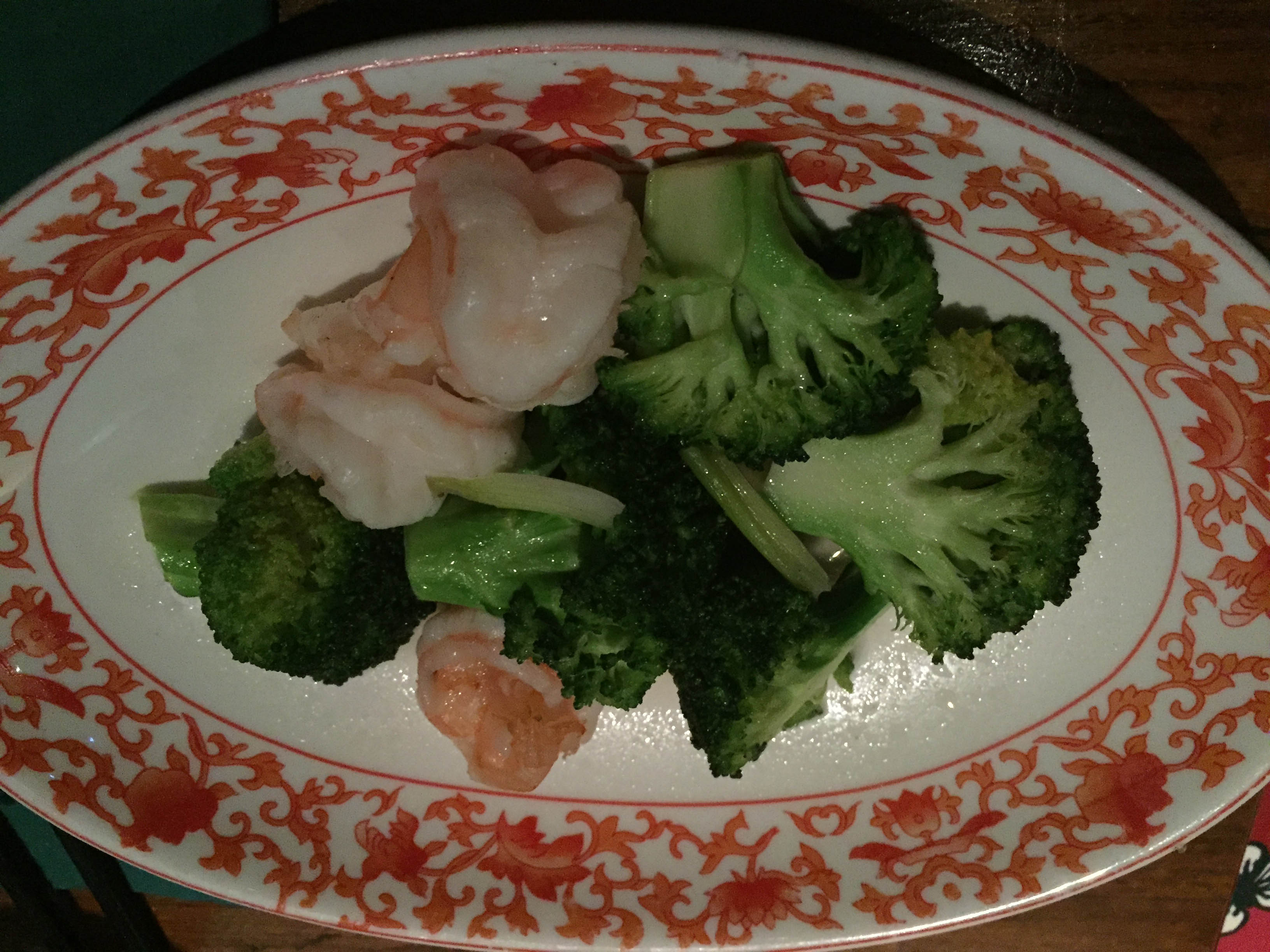 But in general, eating was not a problem, and I didn’t need almost any of the snacks I had brought along with me.
But in general, eating was not a problem, and I didn’t need almost any of the snacks I had brought along with me.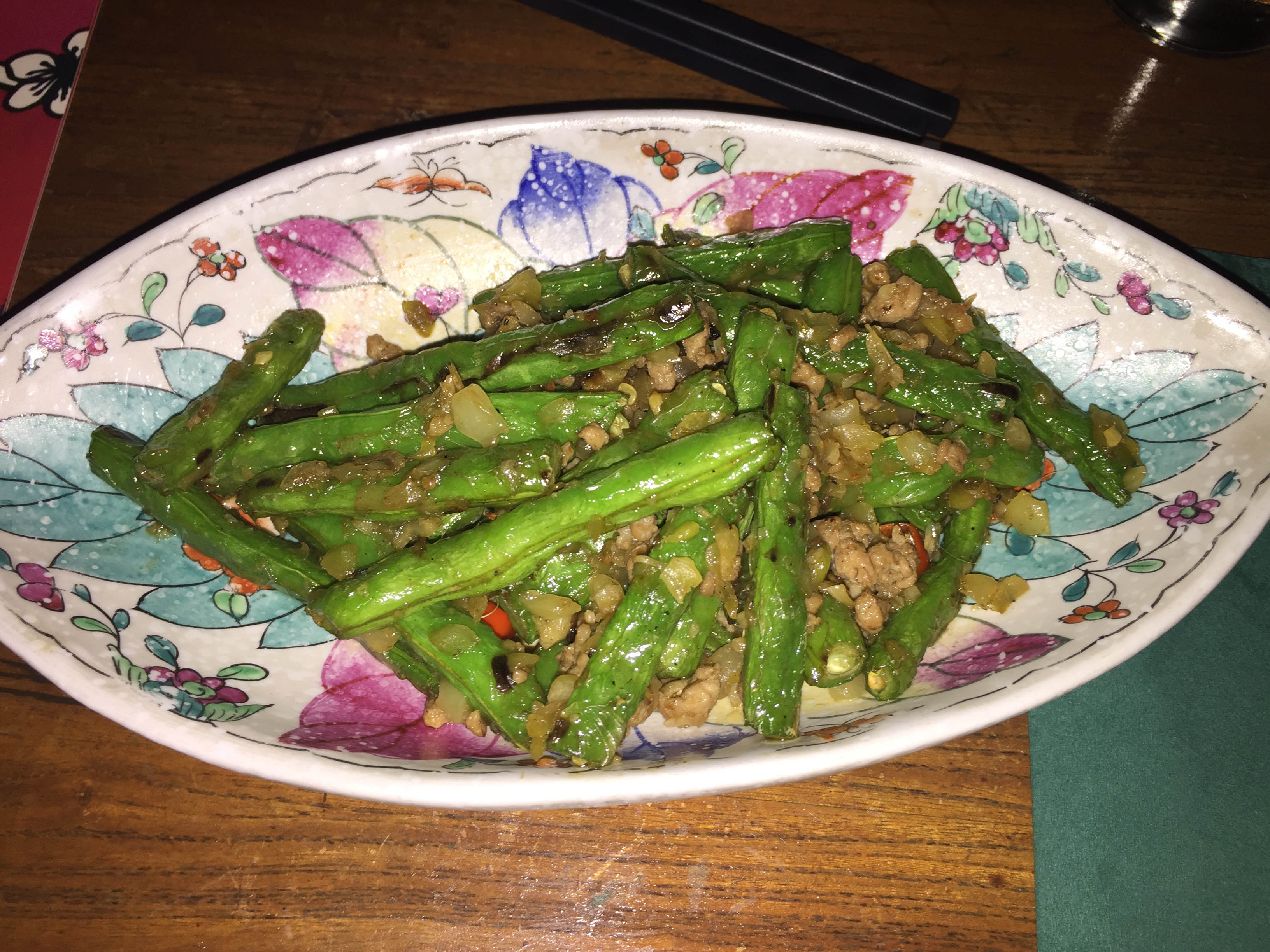 The view from the restaurant was pretty amazing though!
The view from the restaurant was pretty amazing though!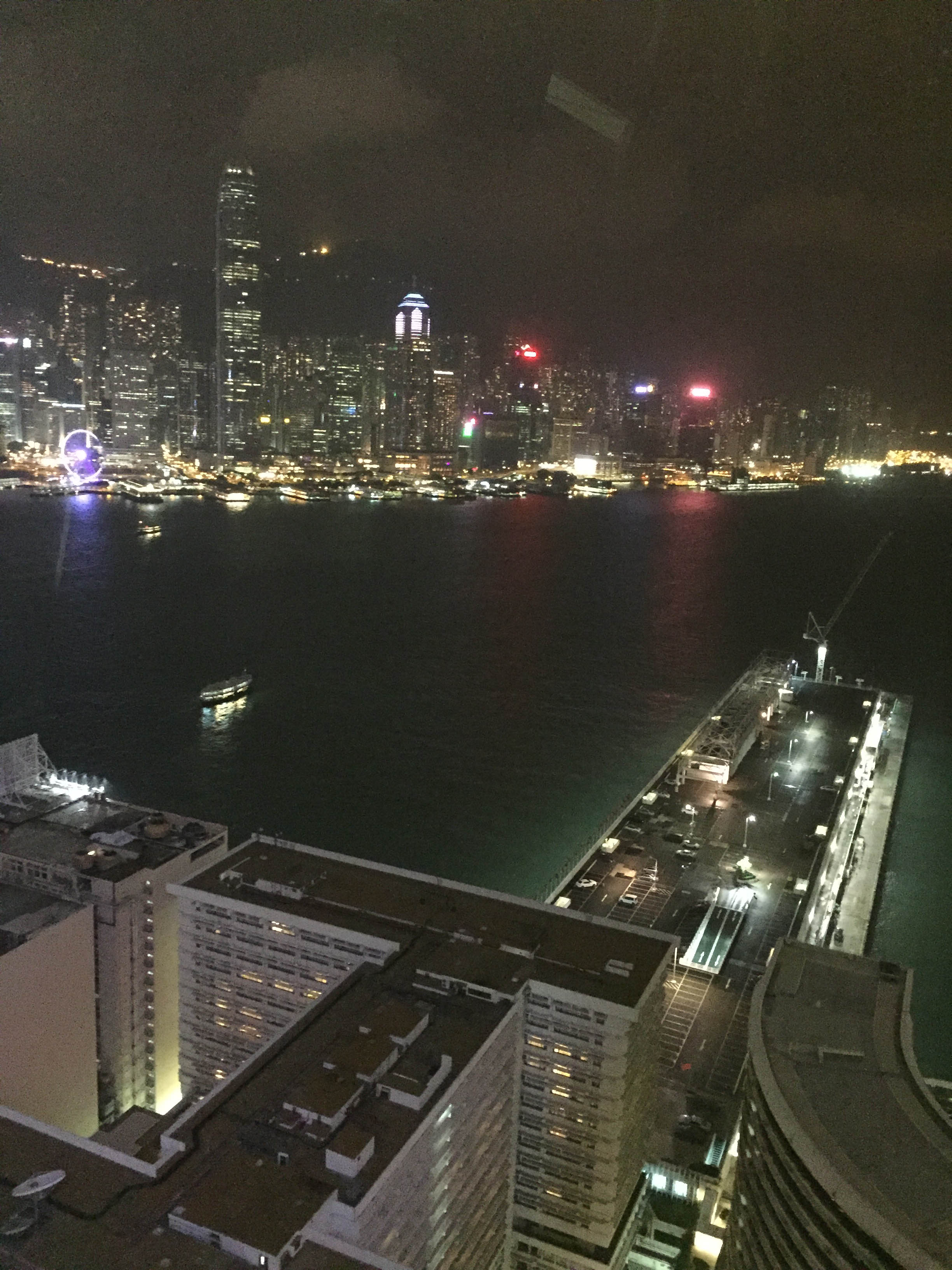 I was also proud that every morning, I managed to wake up, shove contacts in my eyes, and even put on fake eyelashes for the fair.
I was also proud that every morning, I managed to wake up, shove contacts in my eyes, and even put on fake eyelashes for the fair. By the end of the trip, I was quite spoiled with all the fine dining.
By the end of the trip, I was quite spoiled with all the fine dining.
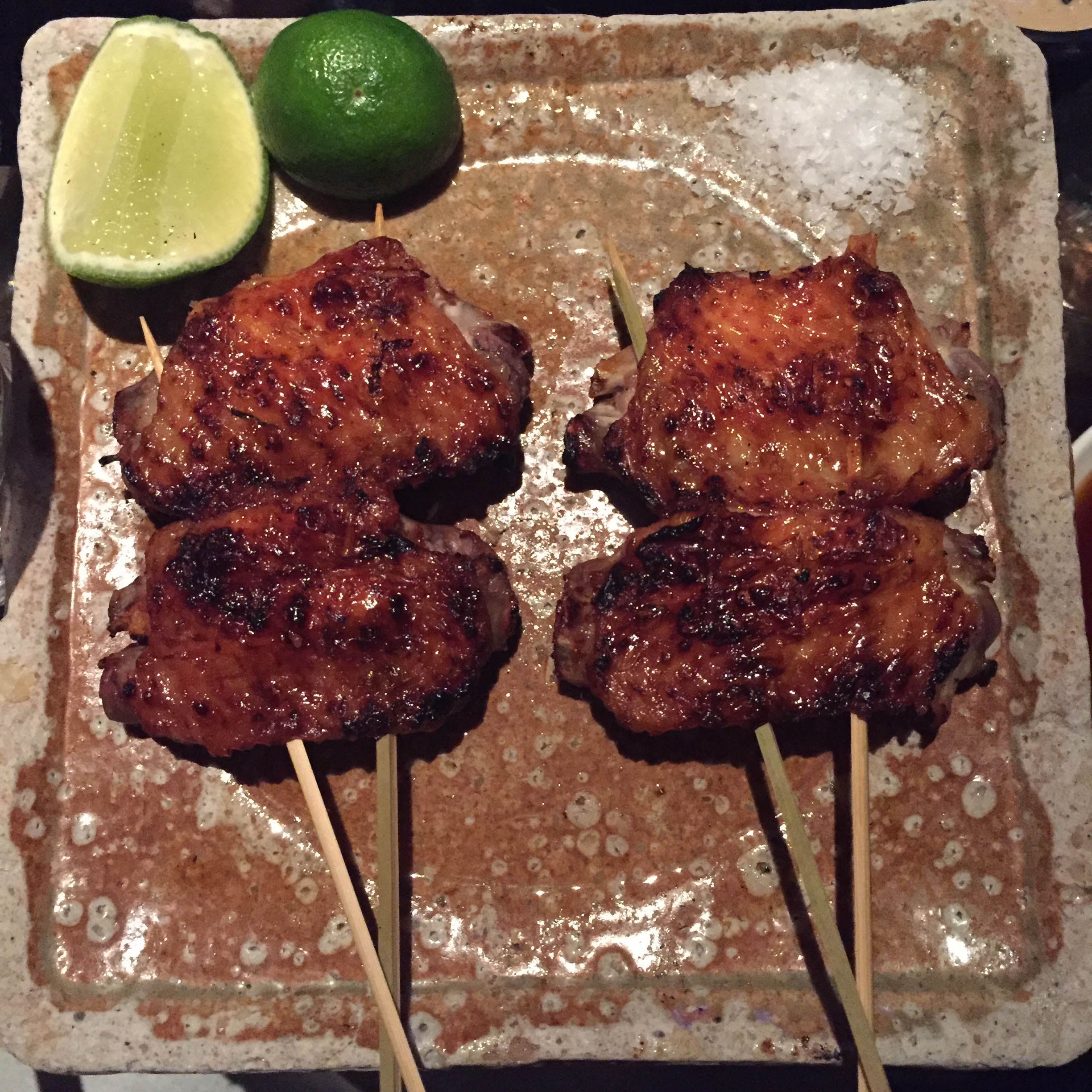 HK is a city I could see myself living in. I cannot picture living in all the cities I visit, but this seems like a nice place. 🙂
HK is a city I could see myself living in. I cannot picture living in all the cities I visit, but this seems like a nice place. 🙂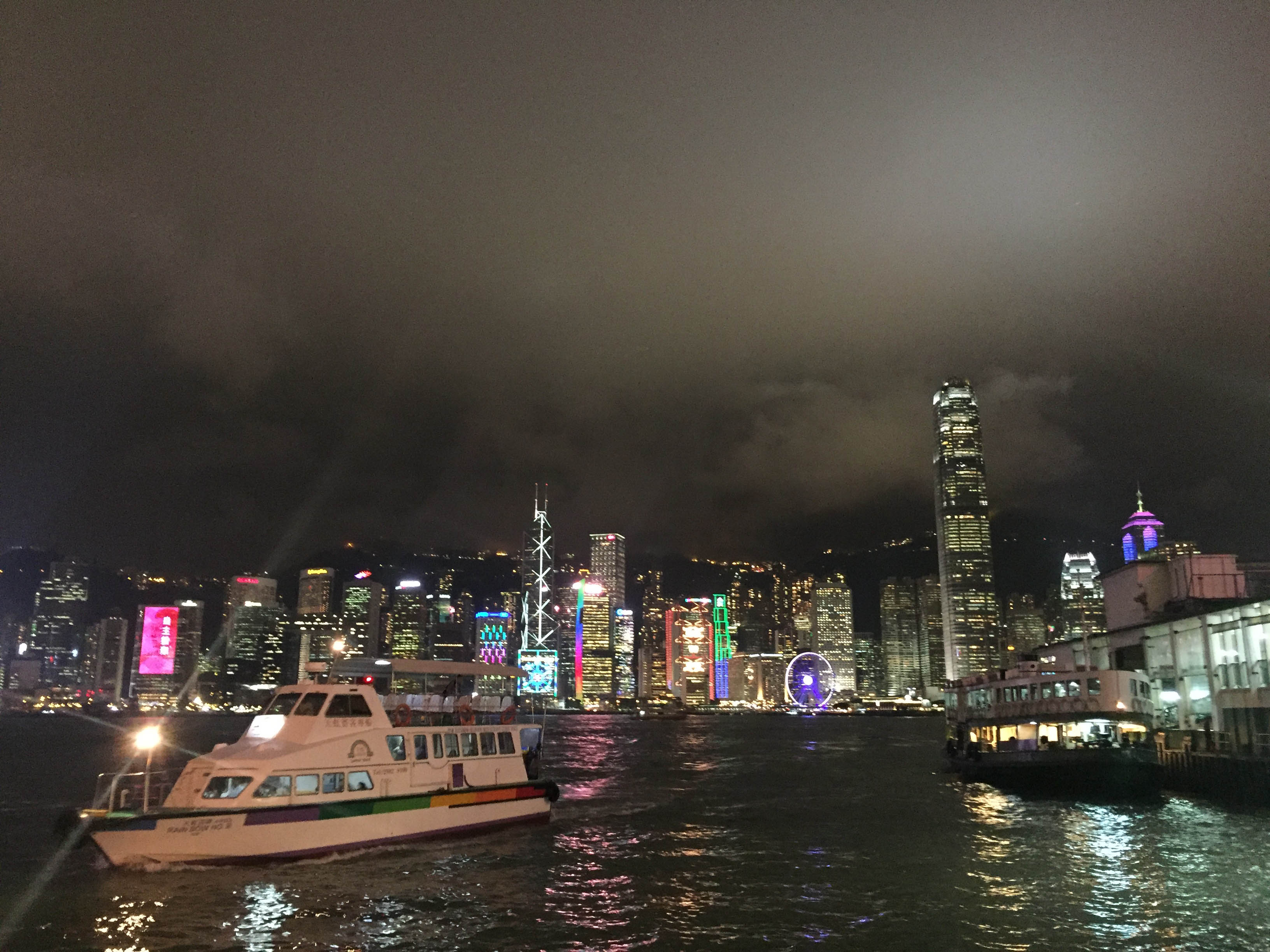 Maybe it also had to do with how much nice food there was…
Maybe it also had to do with how much nice food there was…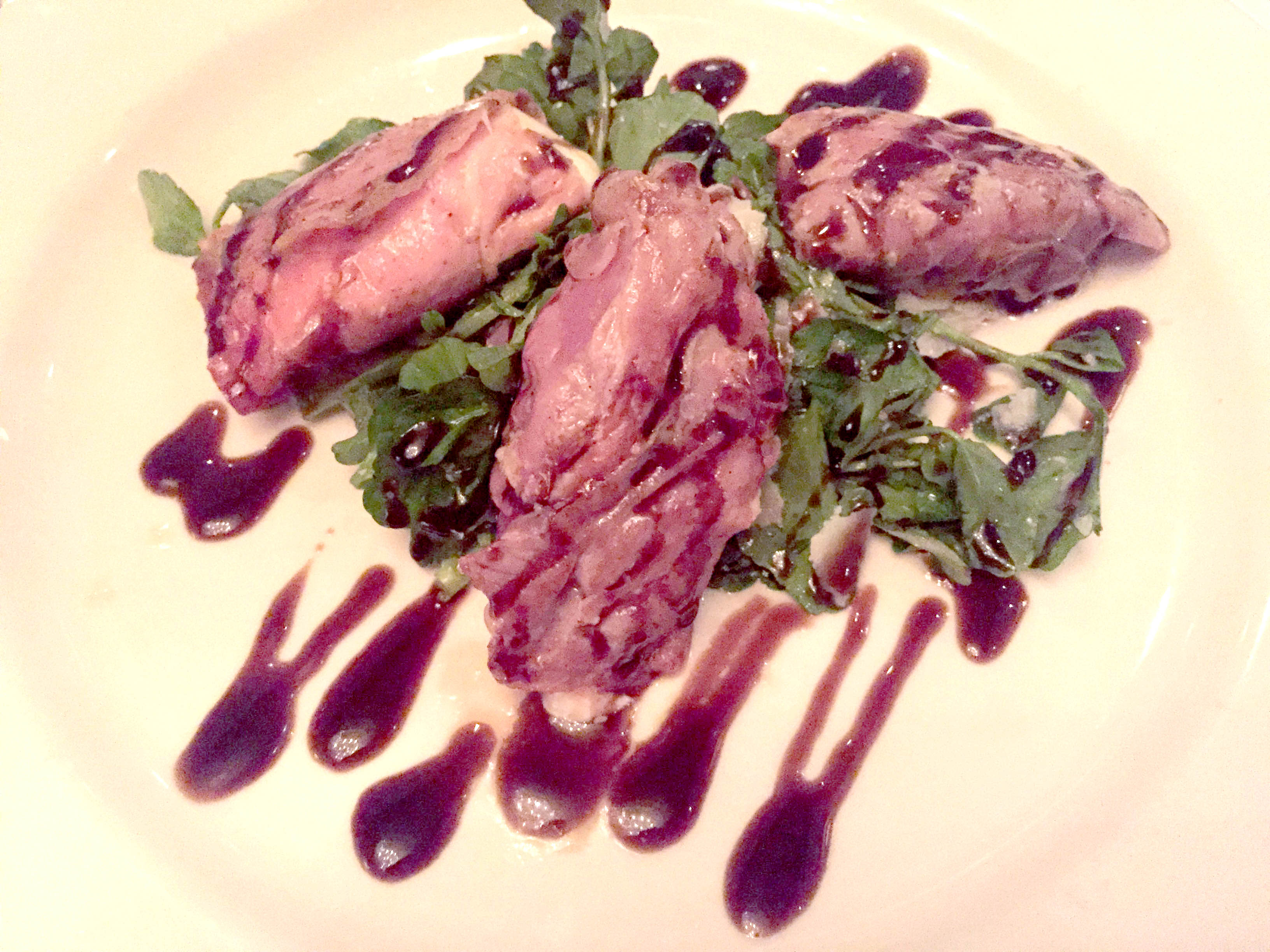
 The lobster at the end of the trip was the cherry on top. Look at that happy employee!
The lobster at the end of the trip was the cherry on top. Look at that happy employee!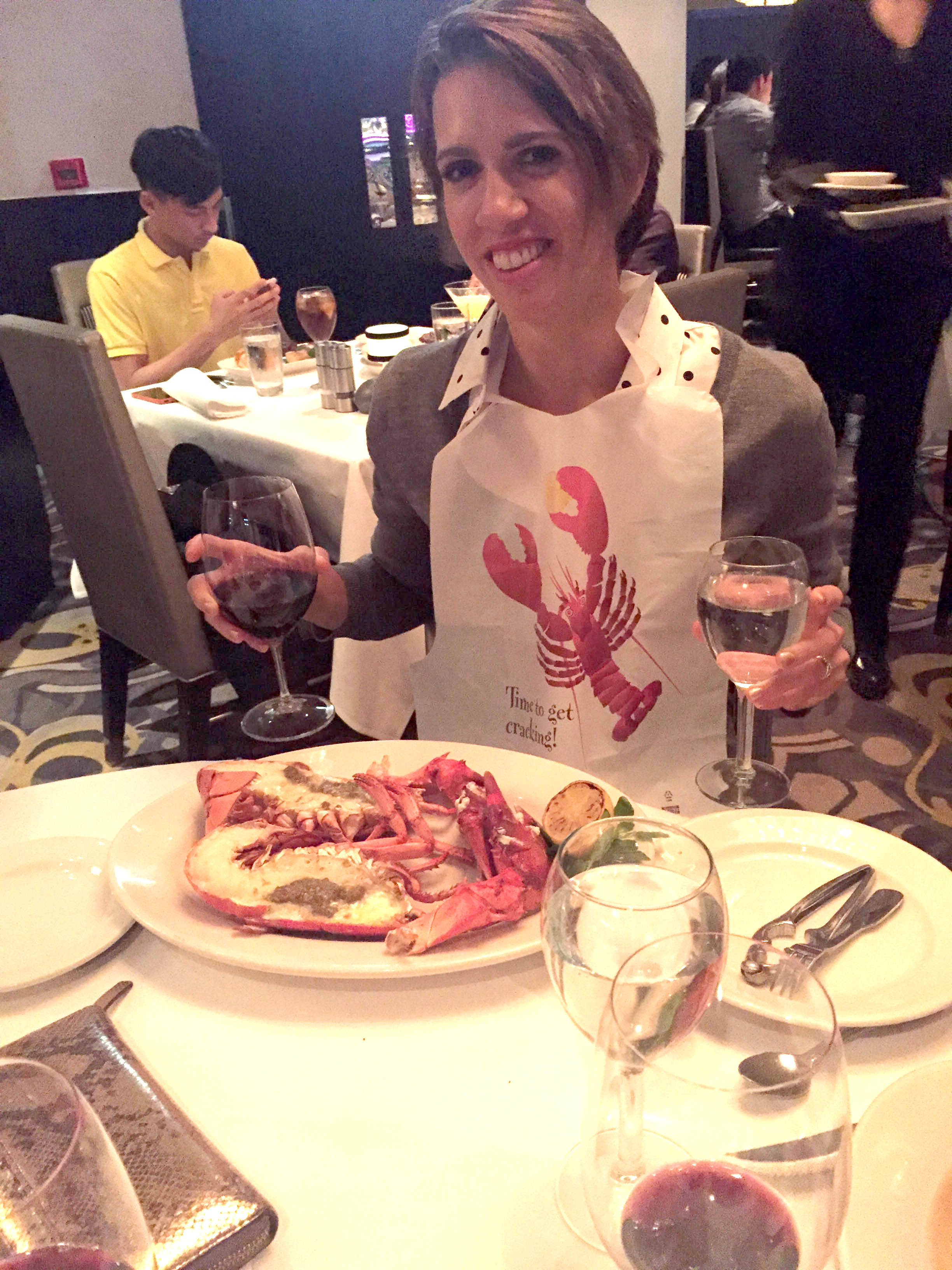 I loved the craze of the expo, the long days, tearing the stand up and down, talking to clients, all of it.
I loved the craze of the expo, the long days, tearing the stand up and down, talking to clients, all of it. 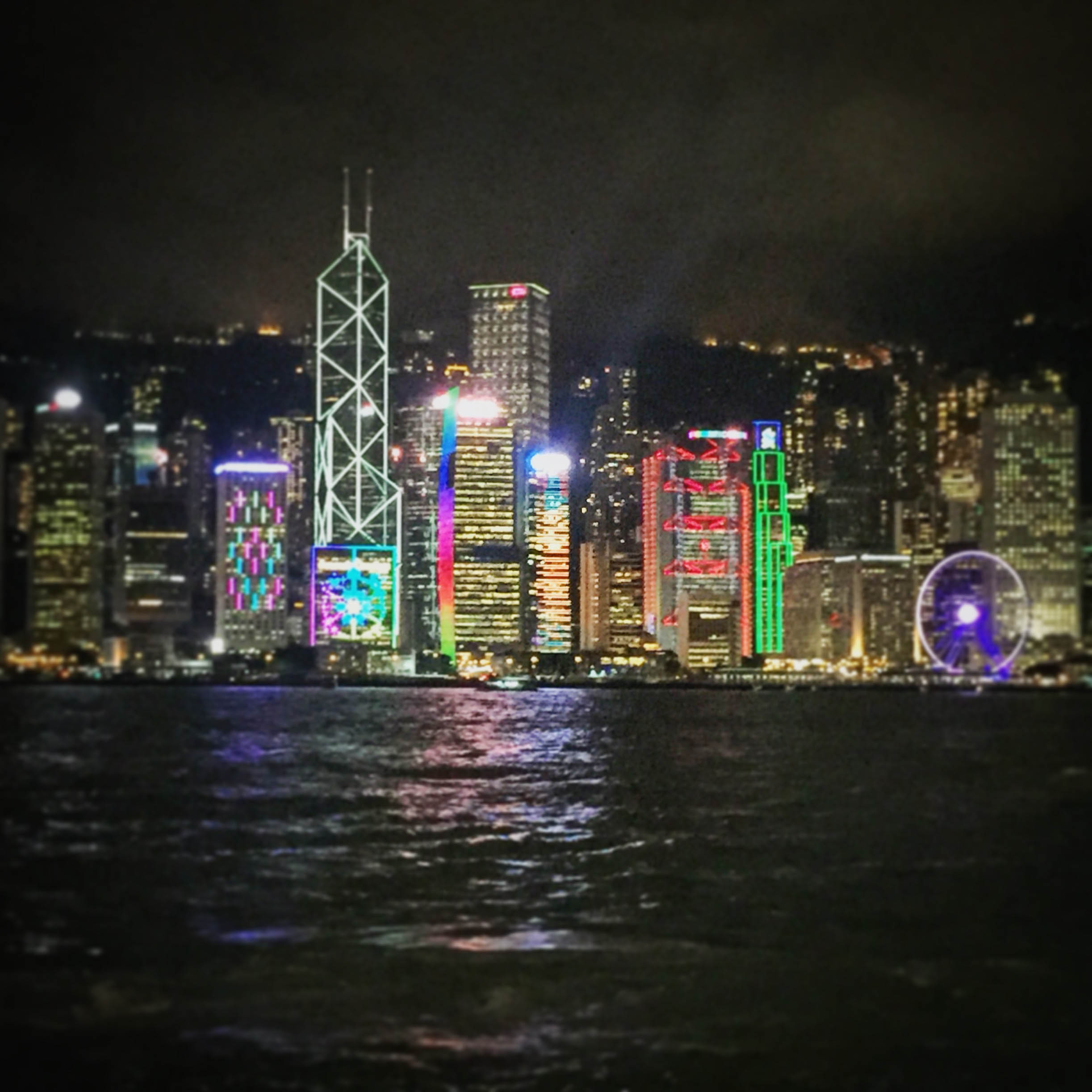 Sometimes work trips are a refreshing break to the monotony of daily life. They inspire and motivate.
Sometimes work trips are a refreshing break to the monotony of daily life. They inspire and motivate.
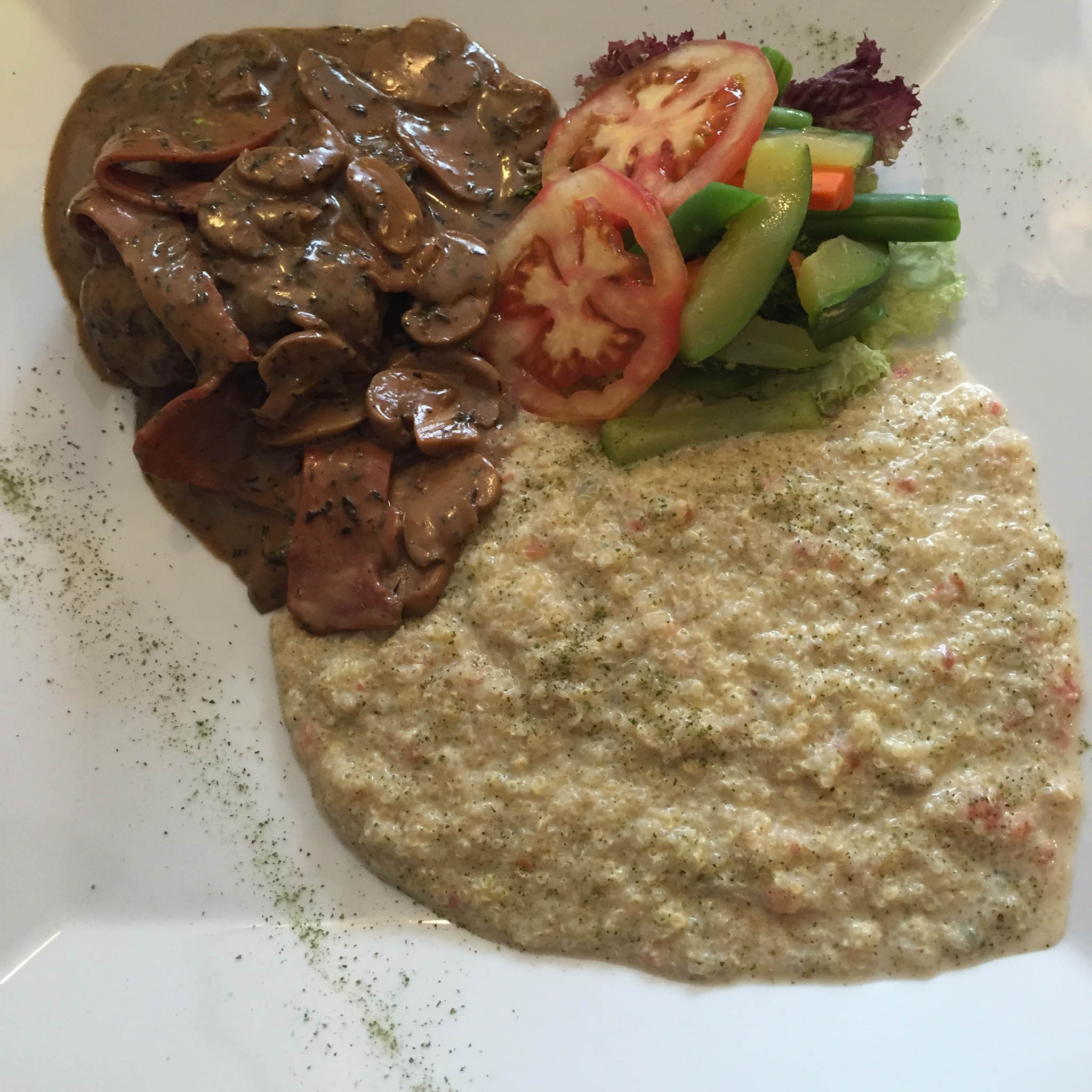 For dinner the first night, after hiking to see Saksaywaman during the day, we celebrated with more pisco sours at Nuna Raymi.
For dinner the first night, after hiking to see Saksaywaman during the day, we celebrated with more pisco sours at Nuna Raymi. 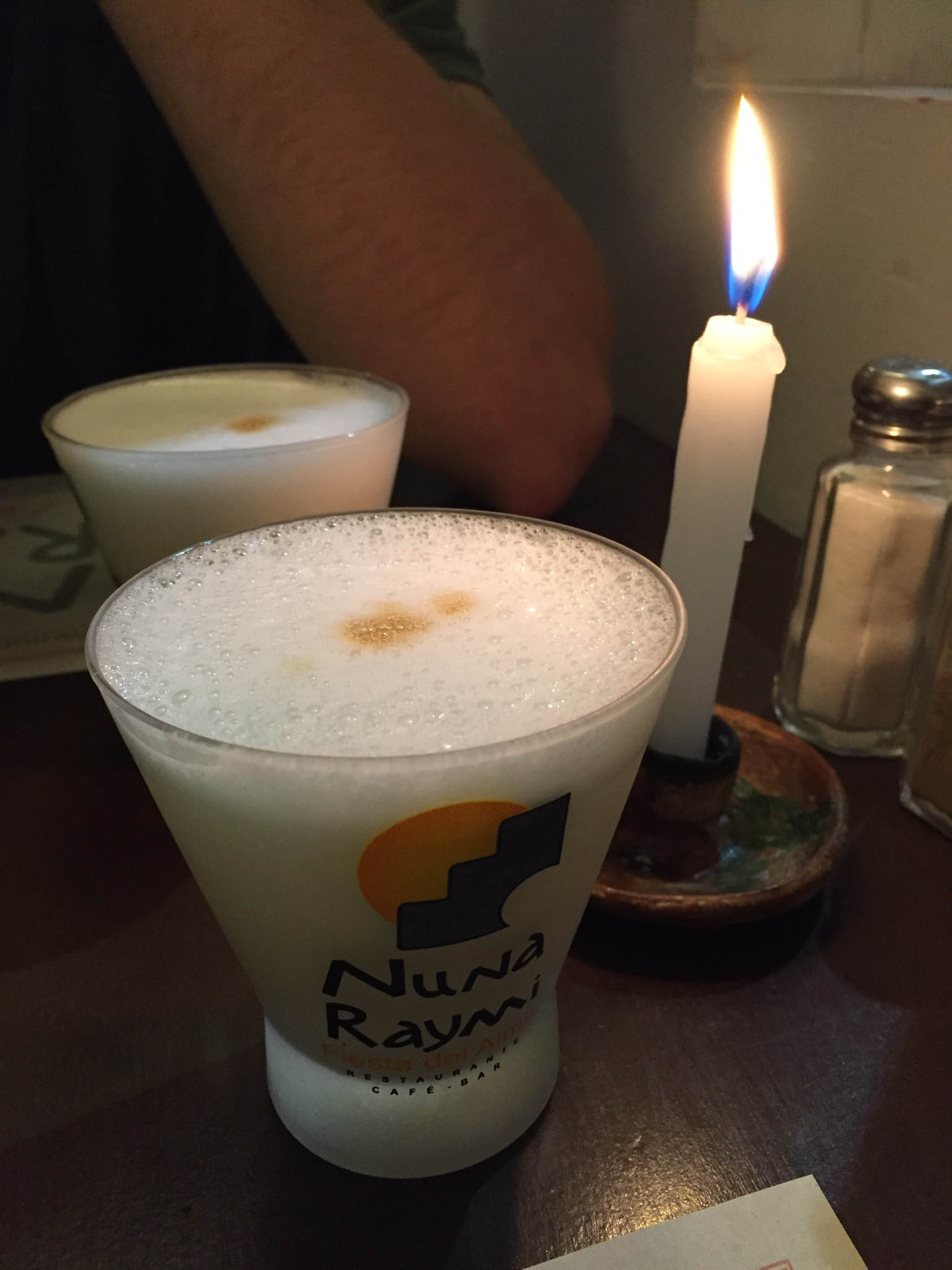 For appetizers, we ordered the crispy homemade chips made from white potato, sweet potato, arracacha and yellow potato, tossed with olive oil, garlic, rocoto (red chili), pisco, parsley, jungle’s hot sauce, spices and tomato.
For appetizers, we ordered the crispy homemade chips made from white potato, sweet potato, arracacha and yellow potato, tossed with olive oil, garlic, rocoto (red chili), pisco, parsley, jungle’s hot sauce, spices and tomato.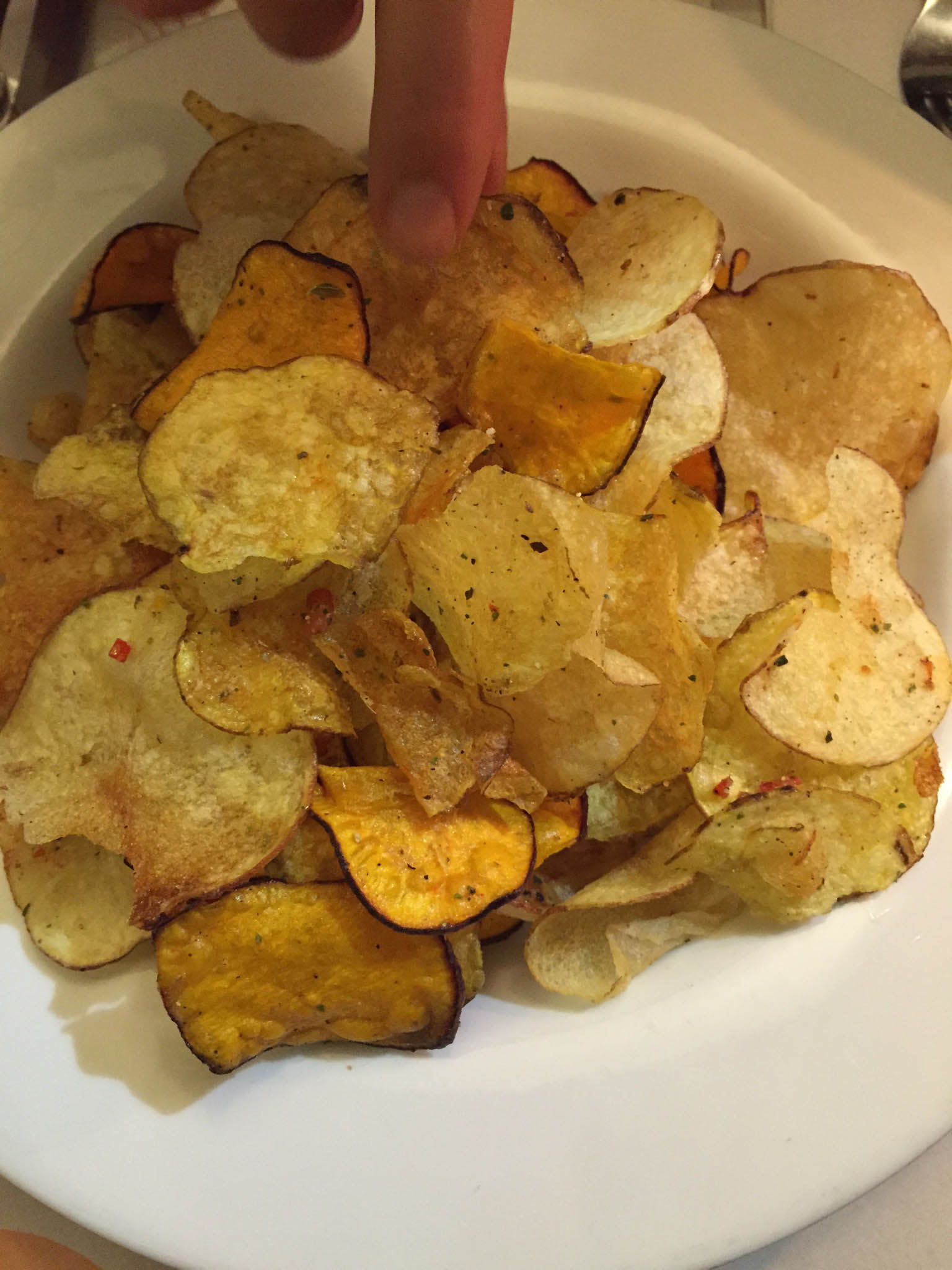 Pretty sure I ordered tenderloin pork with piña colada chutney and garlic mashed potatoes for the main, but it’s been a few months and my memory is getting rusty. It tasted good and I didn’t get sick after, so I was happy!
Pretty sure I ordered tenderloin pork with piña colada chutney and garlic mashed potatoes for the main, but it’s been a few months and my memory is getting rusty. It tasted good and I didn’t get sick after, so I was happy!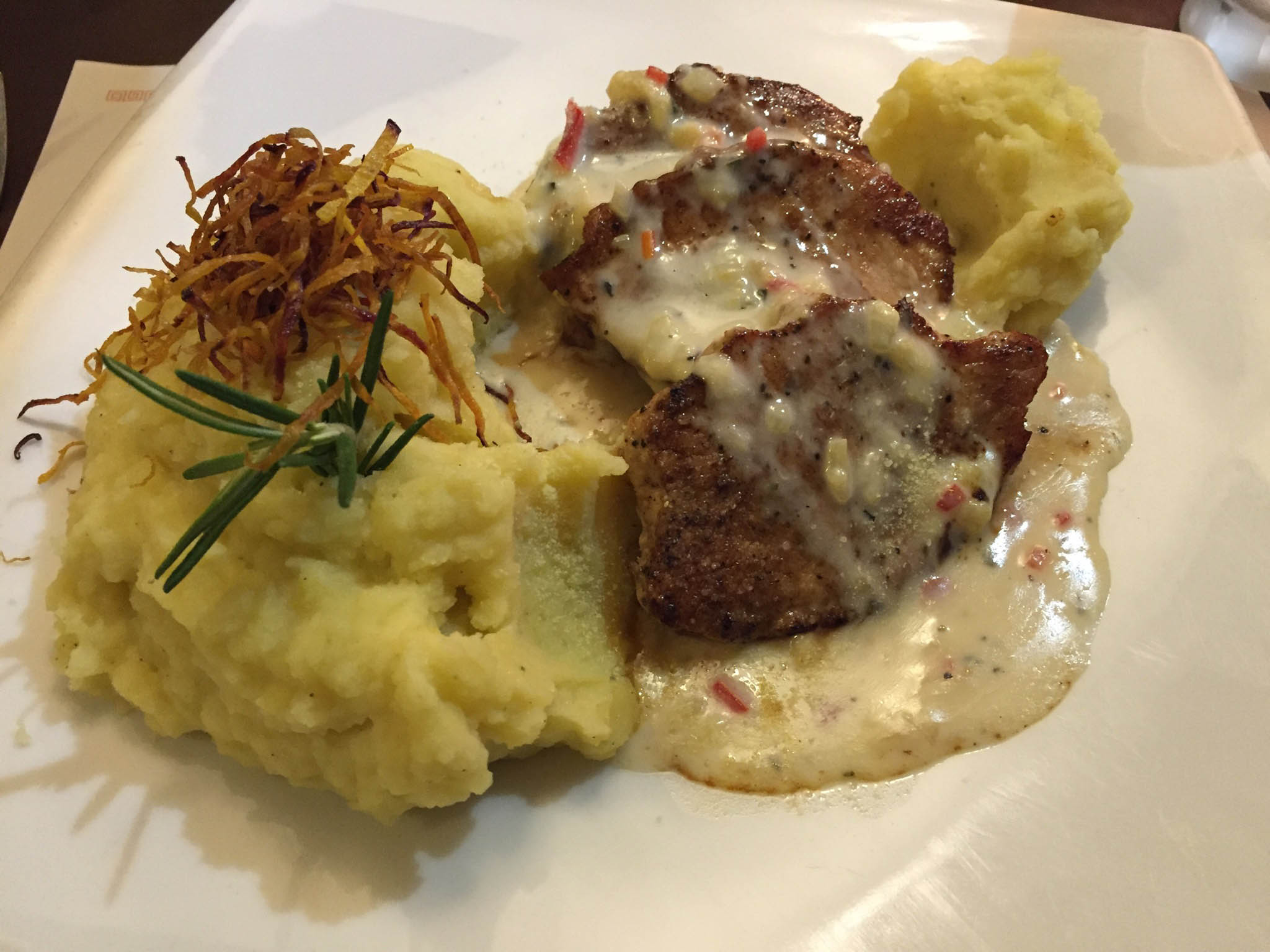 The second day when I was feeling so crappy the night before our trek, we ended up somewhere near the plaza de armas after our tour briefing and I had stuffed peppers and potatoes.
The second day when I was feeling so crappy the night before our trek, we ended up somewhere near the plaza de armas after our tour briefing and I had stuffed peppers and potatoes. After the whole trek was over, we needed to get a quick lunch in Aguas Calientes before taking the train back to Cusco, so I grabbed a deconstructed taco dish. And by grabbed, I mean, we waited quite awhile and almost missed our train because the service was so slow. 😉
After the whole trek was over, we needed to get a quick lunch in Aguas Calientes before taking the train back to Cusco, so I grabbed a deconstructed taco dish. And by grabbed, I mean, we waited quite awhile and almost missed our train because the service was so slow. 😉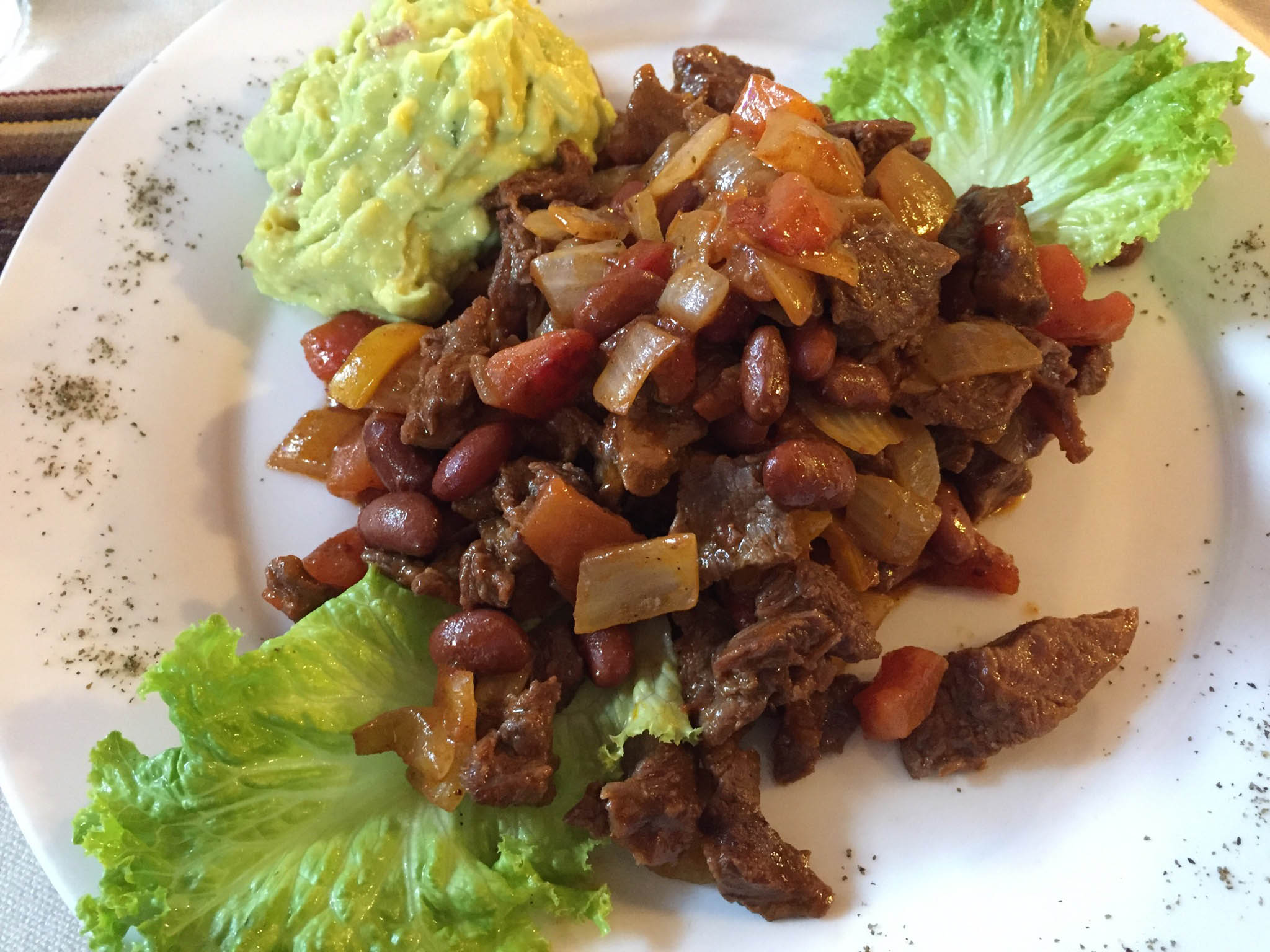 We did not realize we had purchased special train tickets. Most of our group was heading back later on a train together, but Kay had upgraded us to the “scenic route” that ran along the river on the way back to town. It was a very pretty train ride.
We did not realize we had purchased special train tickets. Most of our group was heading back later on a train together, but Kay had upgraded us to the “scenic route” that ran along the river on the way back to town. It was a very pretty train ride.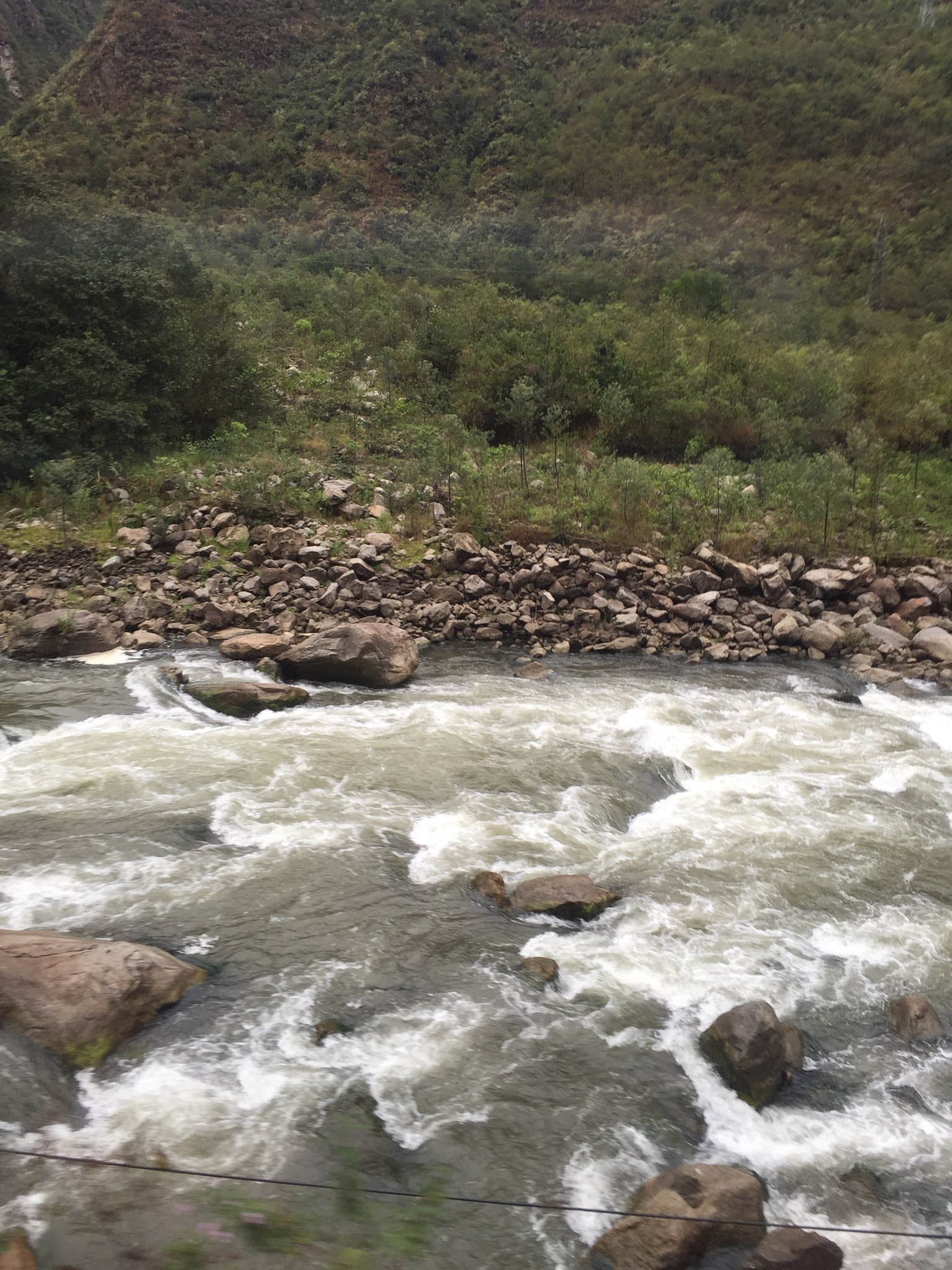 Peru Rail also served us a little lunch, which surprised me.
Peru Rail also served us a little lunch, which surprised me. I was scared to eat the bread, so I gave it to Kay, but I happily munched on the rest. They served us coffee and tea too, which was welcome after five days without the morning cuppa.
I was scared to eat the bread, so I gave it to Kay, but I happily munched on the rest. They served us coffee and tea too, which was welcome after five days without the morning cuppa.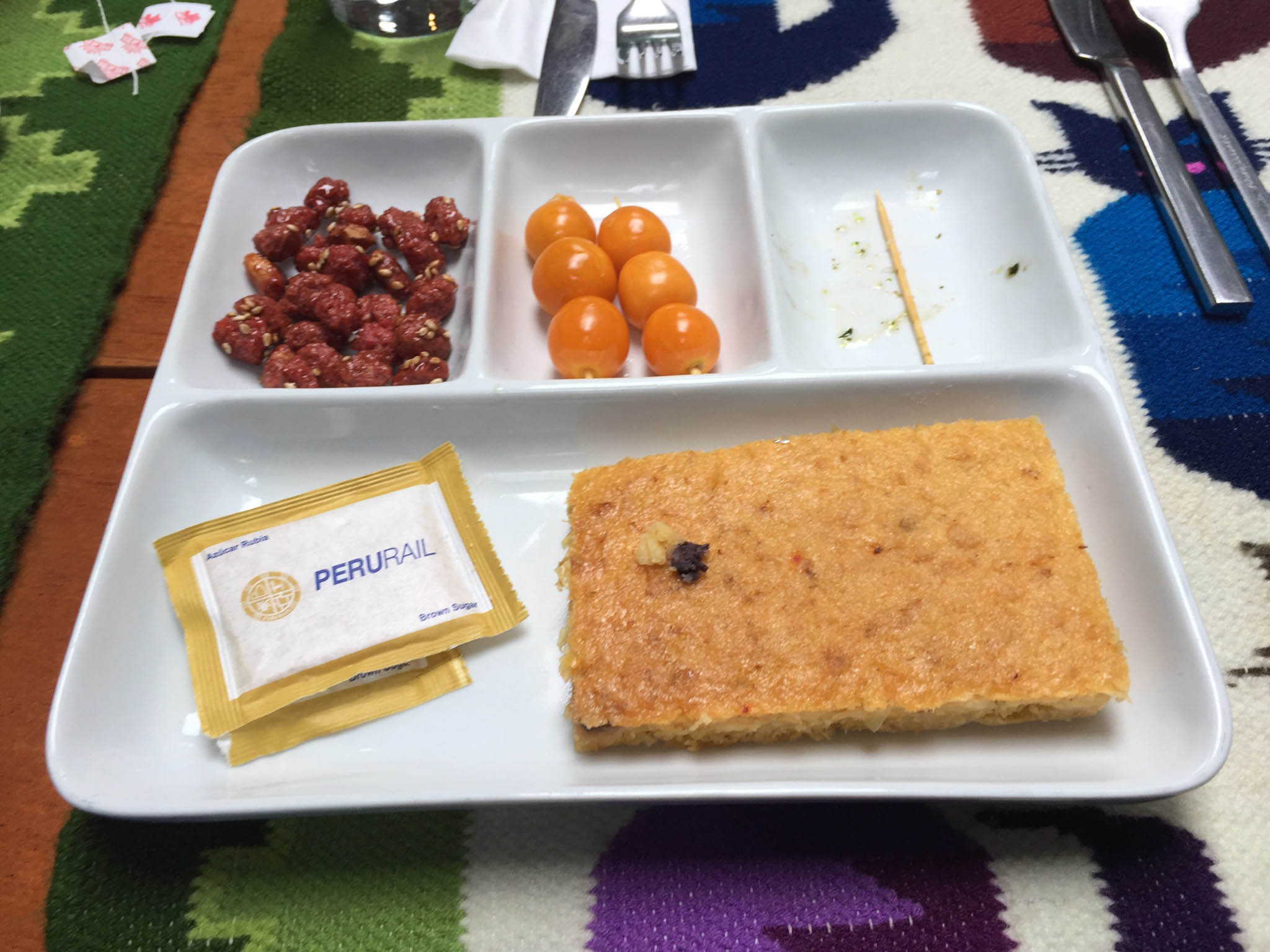 The train ride also had a very special service with a terrifying clown who made the creepiest noises, and later on a fashion show was put on by the steward and stewardess. It was definitely different than the Swiss train!Back in Cusco, we met another prospective student from INSEAD at Nuna Raymi for dinner again, since it was good before. The colleague just joined us for drinks, pisco sours, which unfortunately gave all three of us terrible food poisoning the next day.
The train ride also had a very special service with a terrifying clown who made the creepiest noises, and later on a fashion show was put on by the steward and stewardess. It was definitely different than the Swiss train!Back in Cusco, we met another prospective student from INSEAD at Nuna Raymi for dinner again, since it was good before. The colleague just joined us for drinks, pisco sours, which unfortunately gave all three of us terrible food poisoning the next day.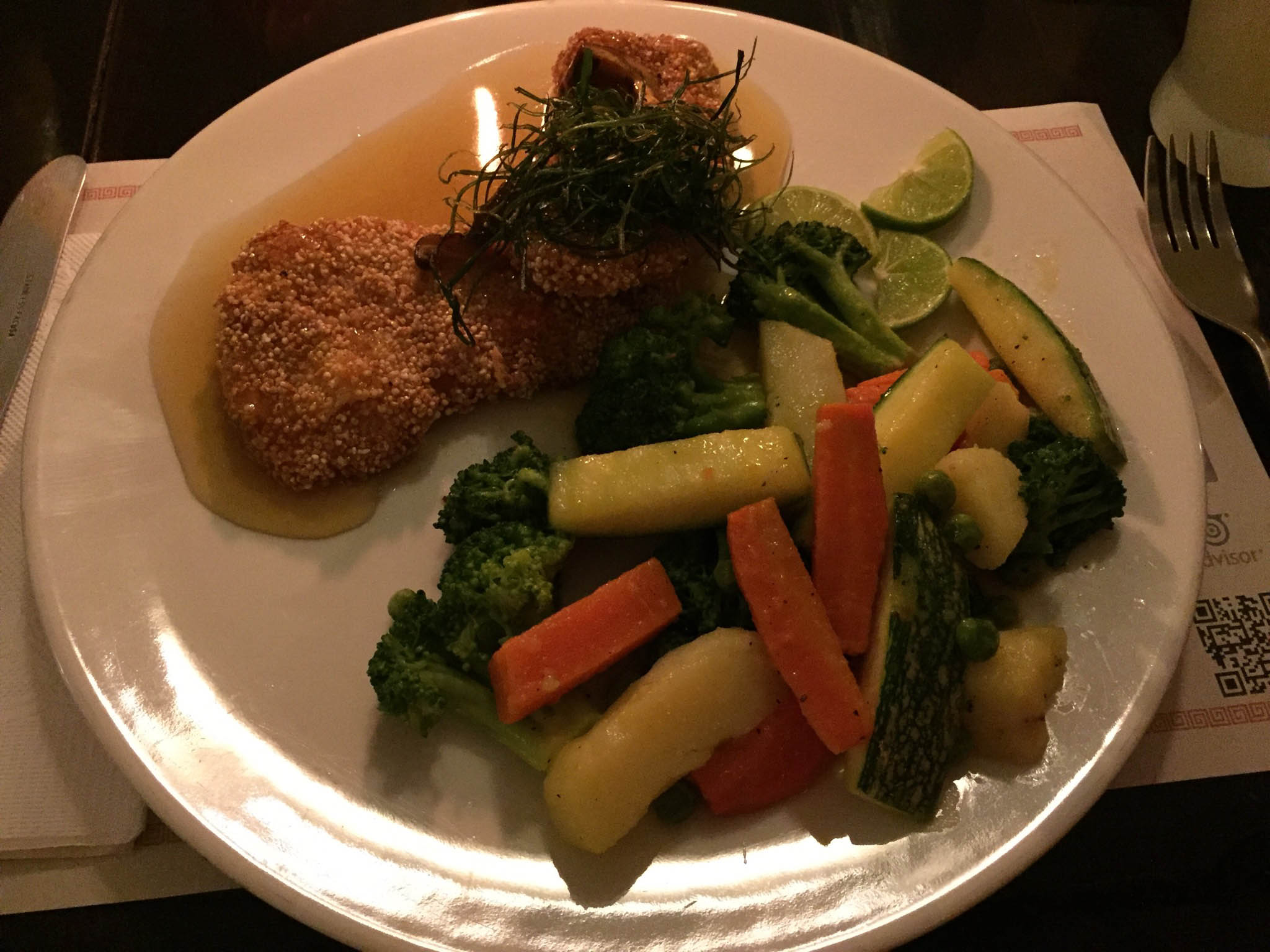 We were flying to Lima for our flight back to Zurich and the food poisoning hit just in time for security check-in. Again unfortunately, the water only worked outside security, so after we got through security, some poor soul had to deal with my repeated trips to the bathroom, and I spent some glorious time half-passed out in front of the bathroom, writhing in pain before we started boarding.
We were flying to Lima for our flight back to Zurich and the food poisoning hit just in time for security check-in. Again unfortunately, the water only worked outside security, so after we got through security, some poor soul had to deal with my repeated trips to the bathroom, and I spent some glorious time half-passed out in front of the bathroom, writhing in pain before we started boarding.